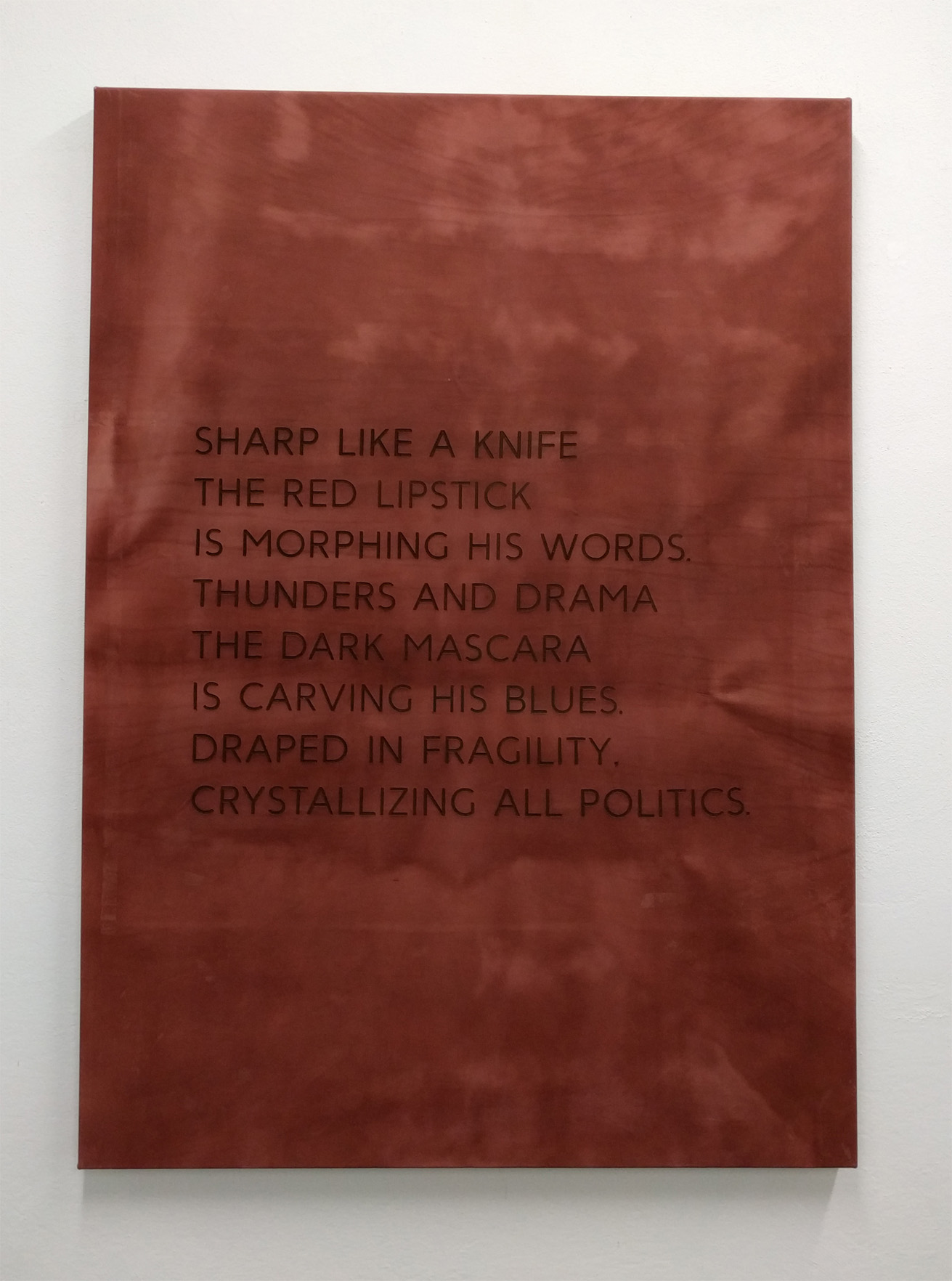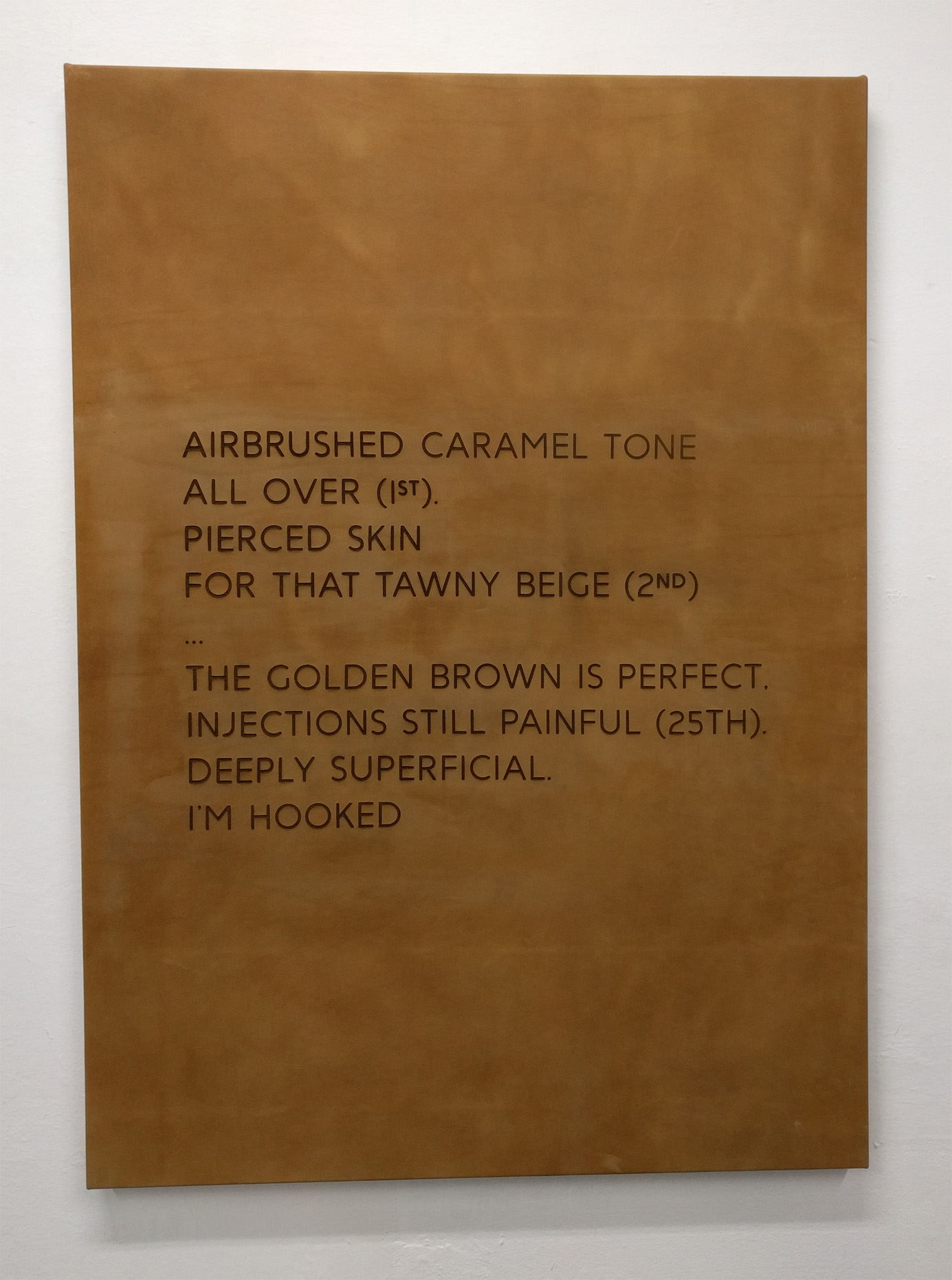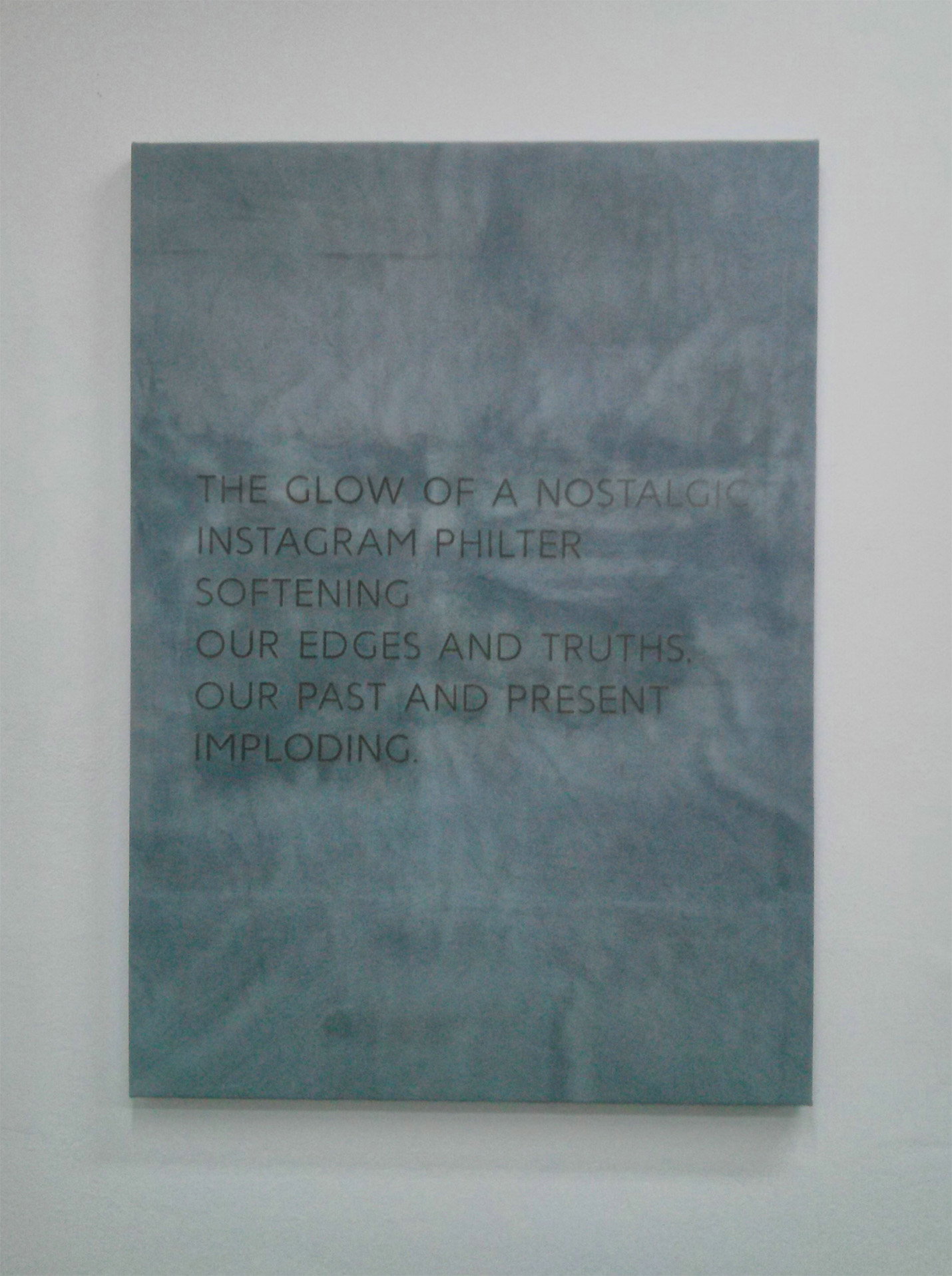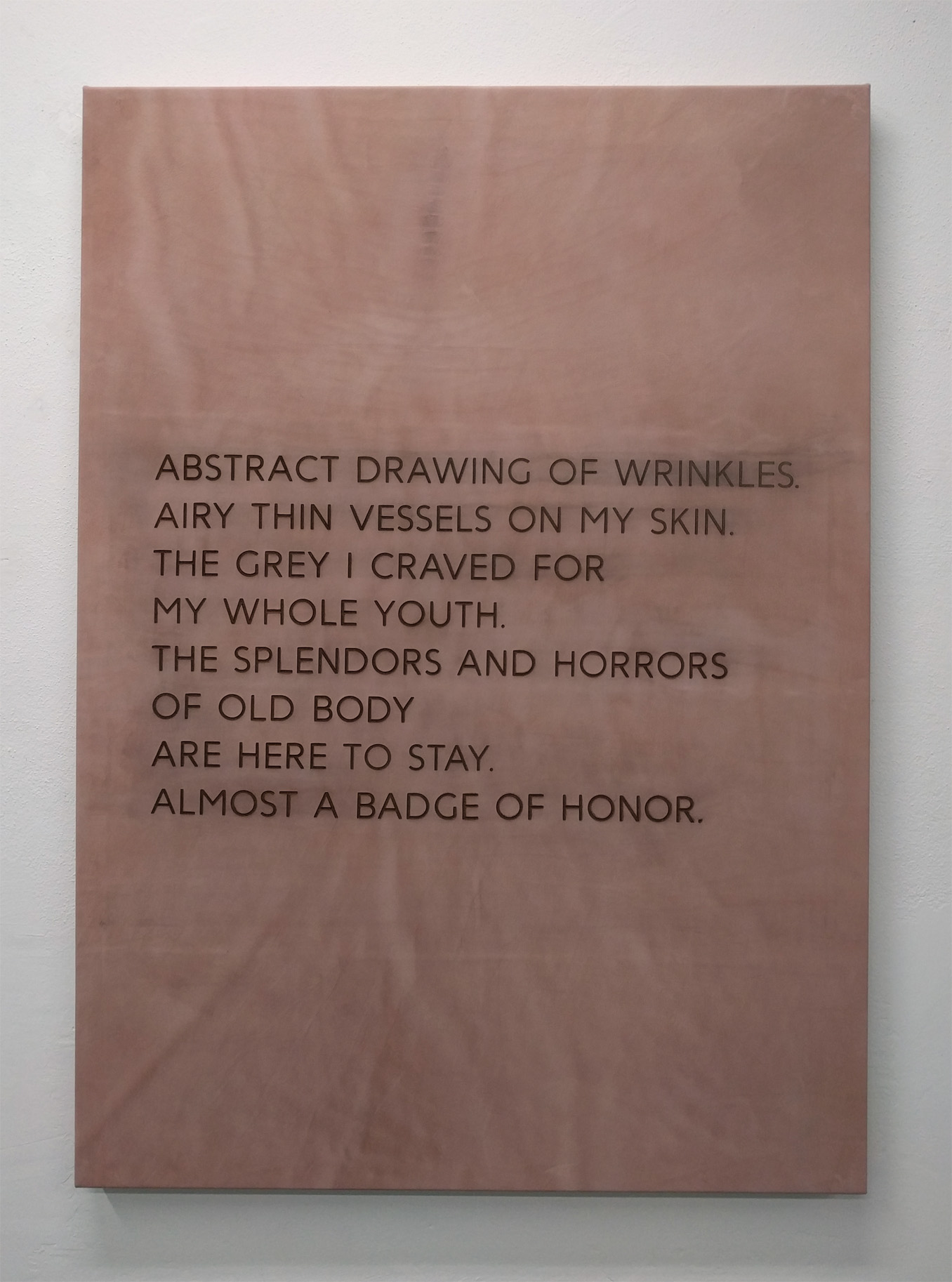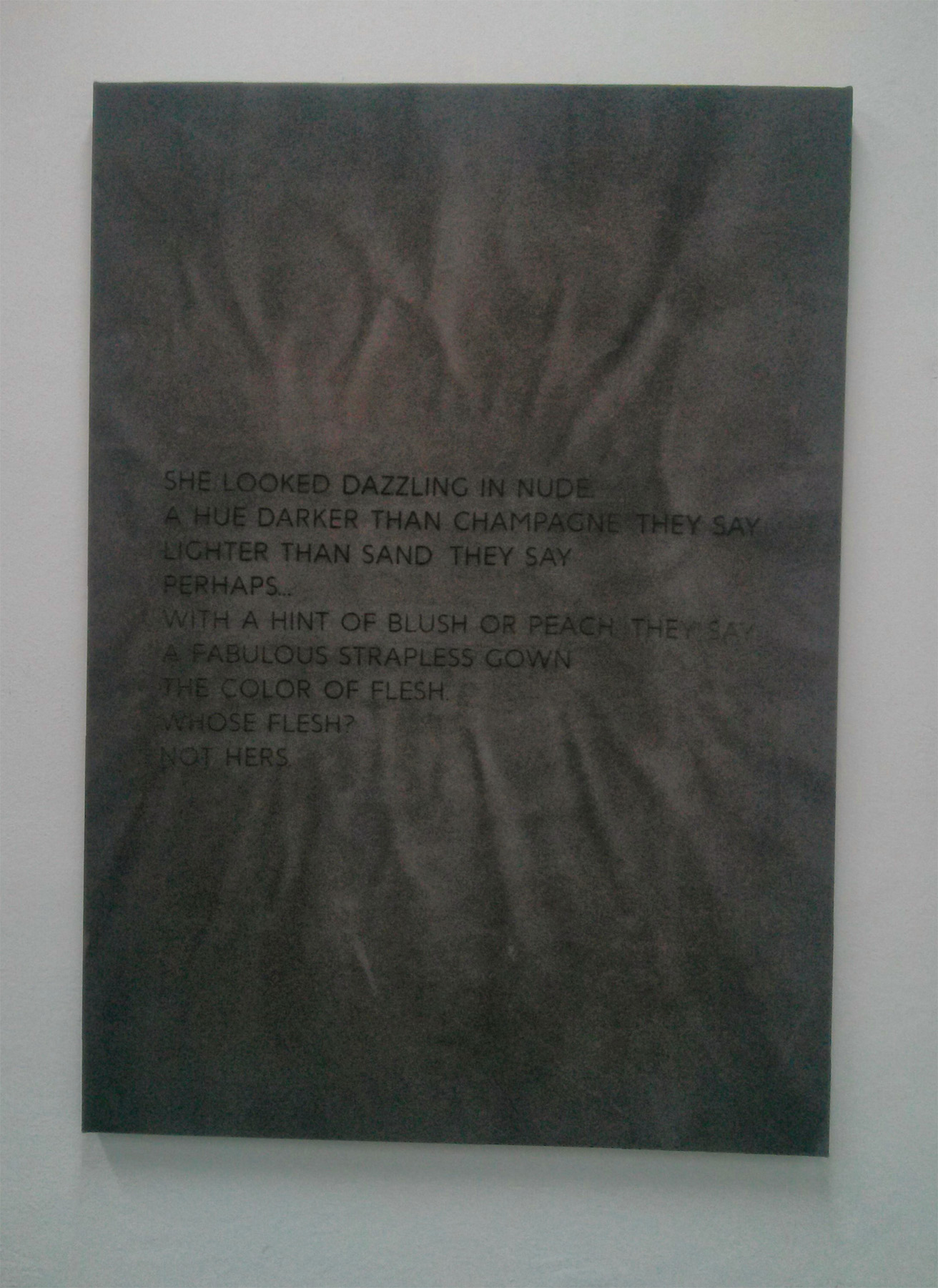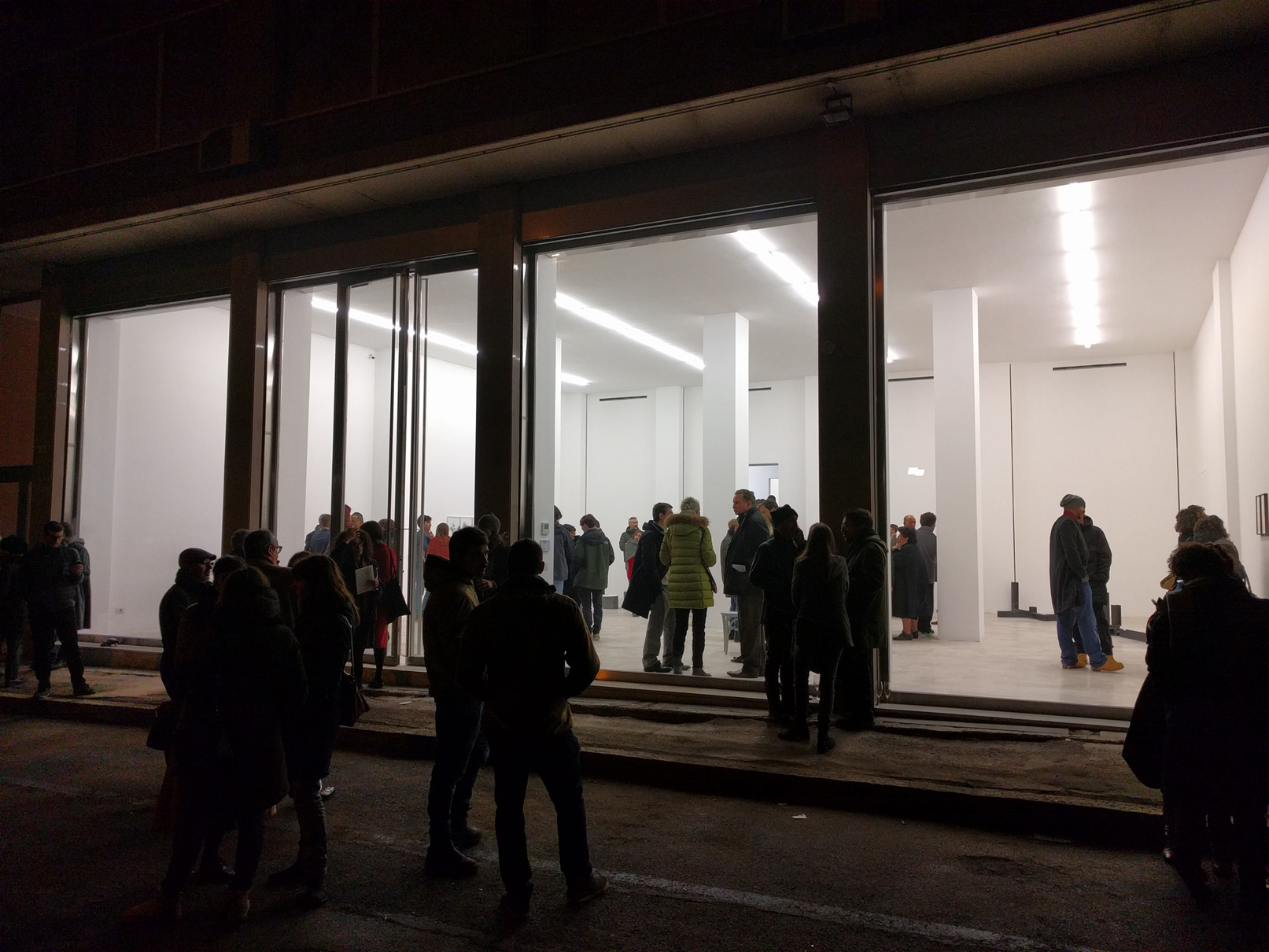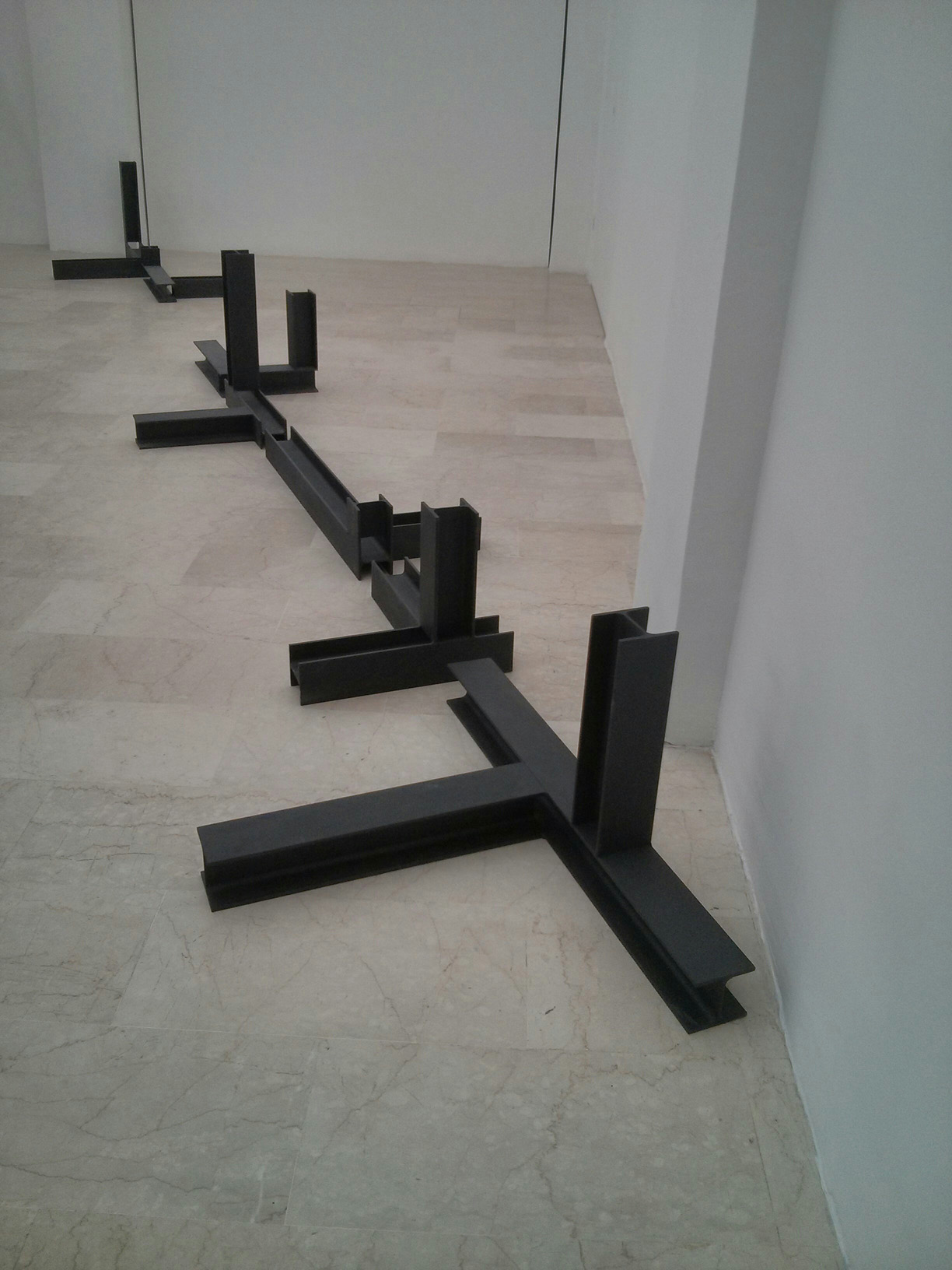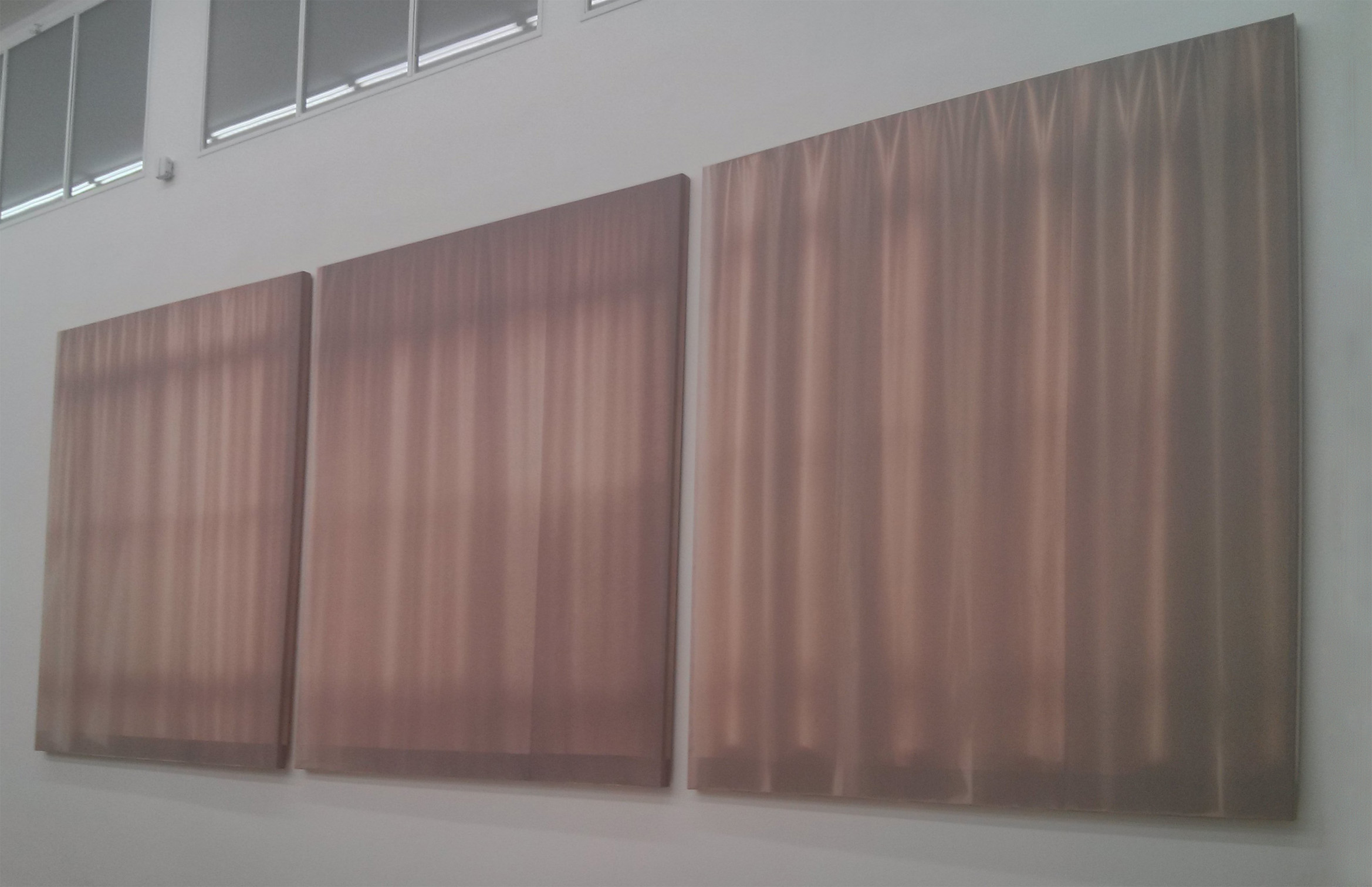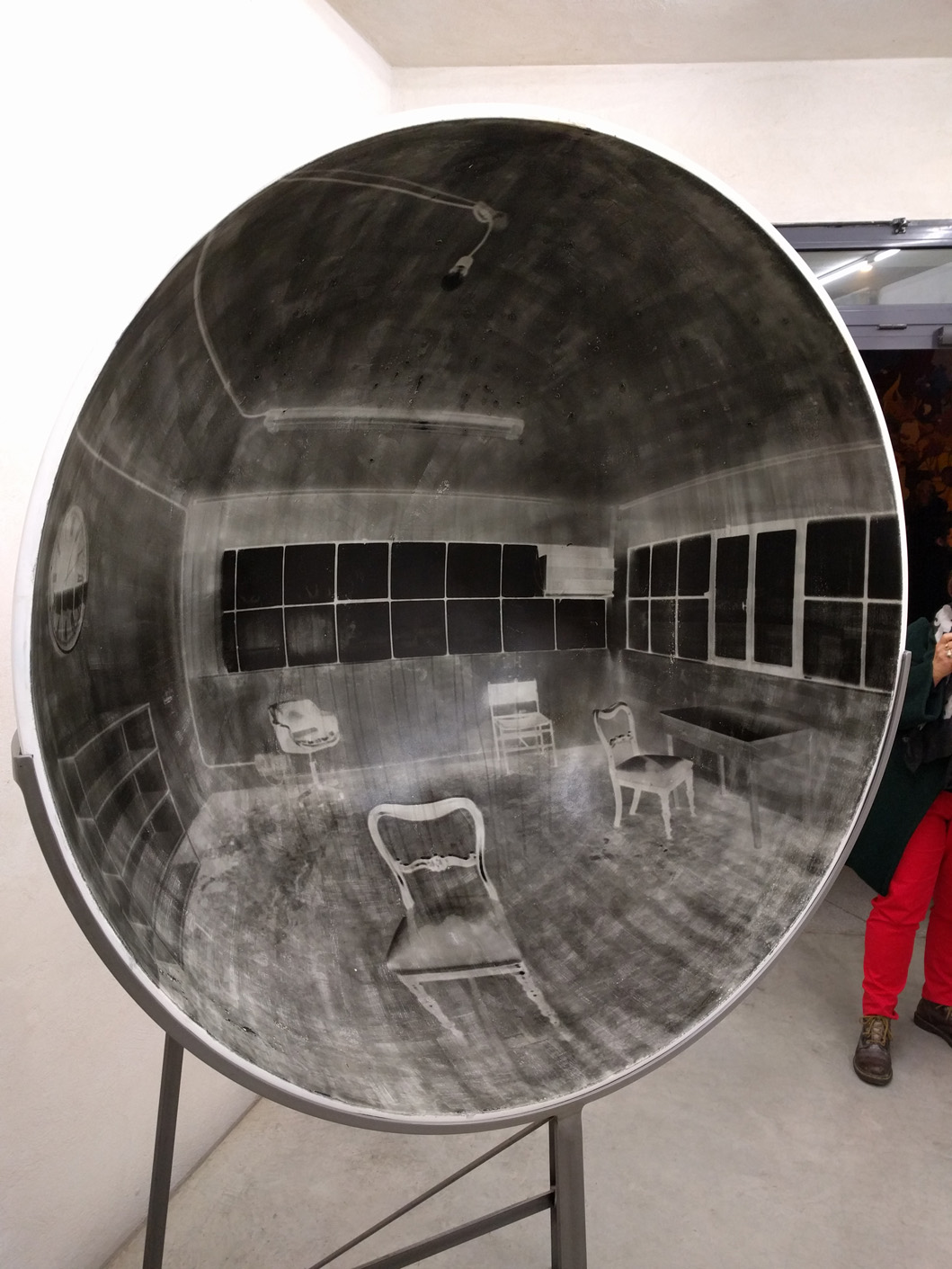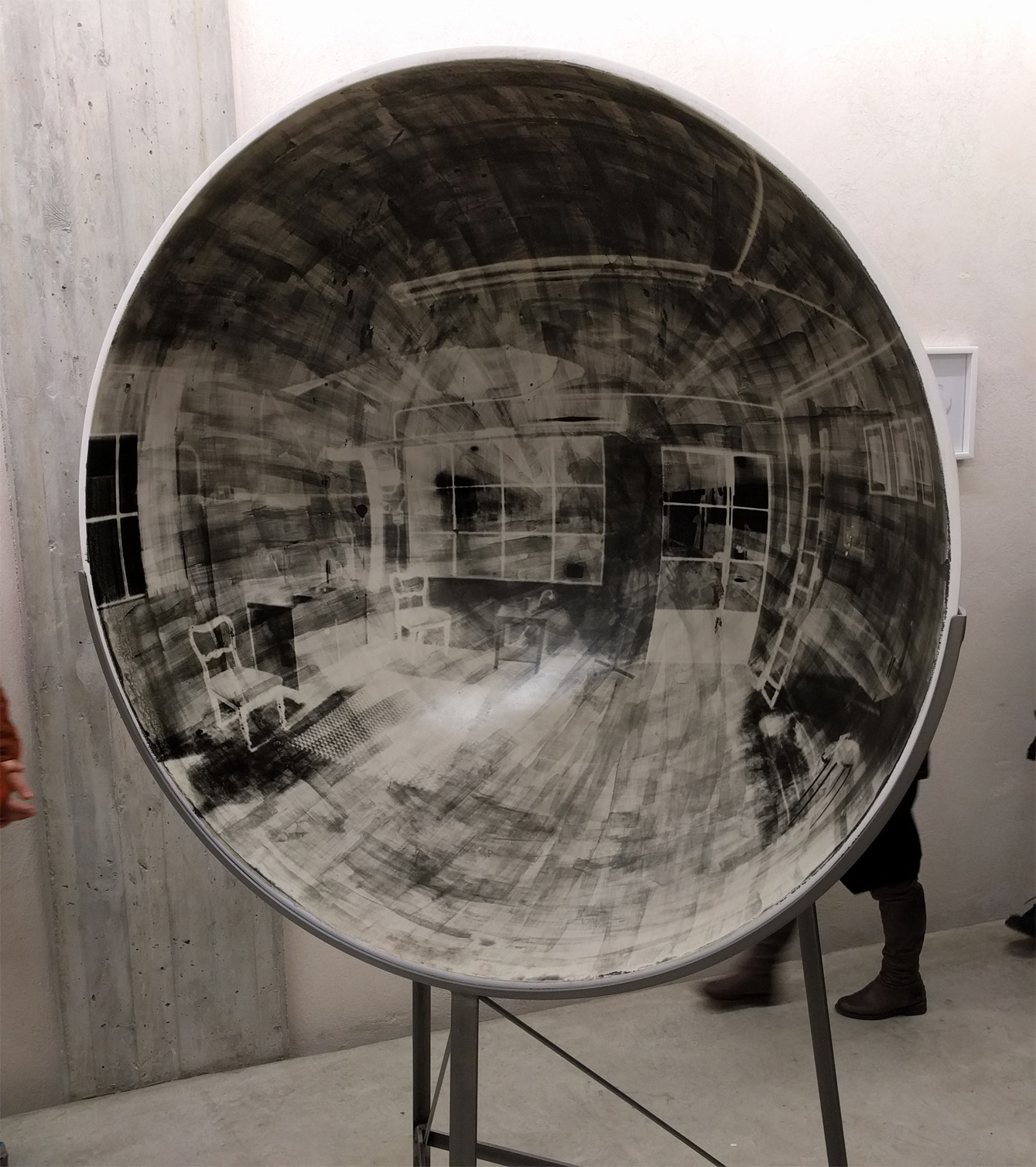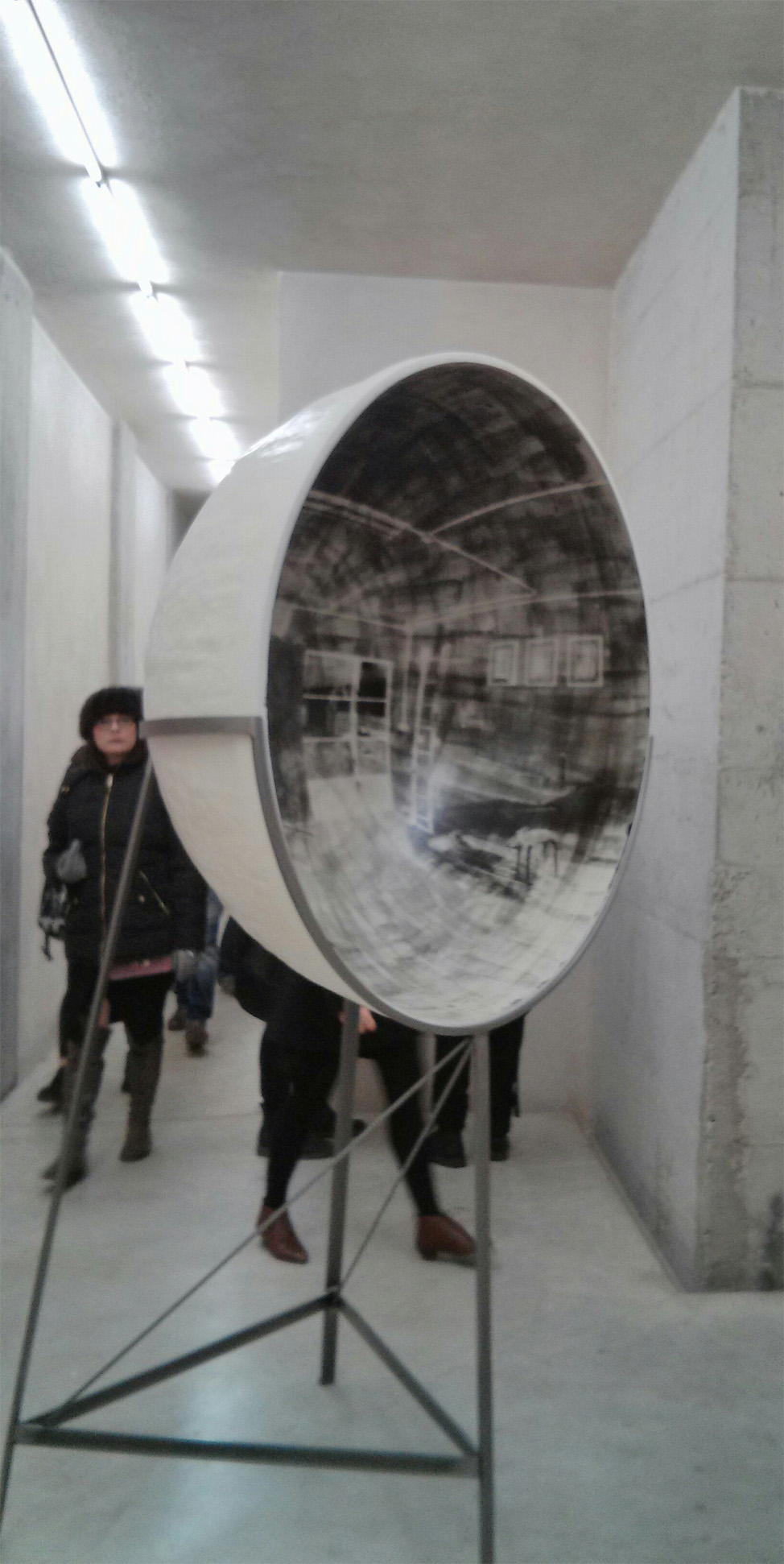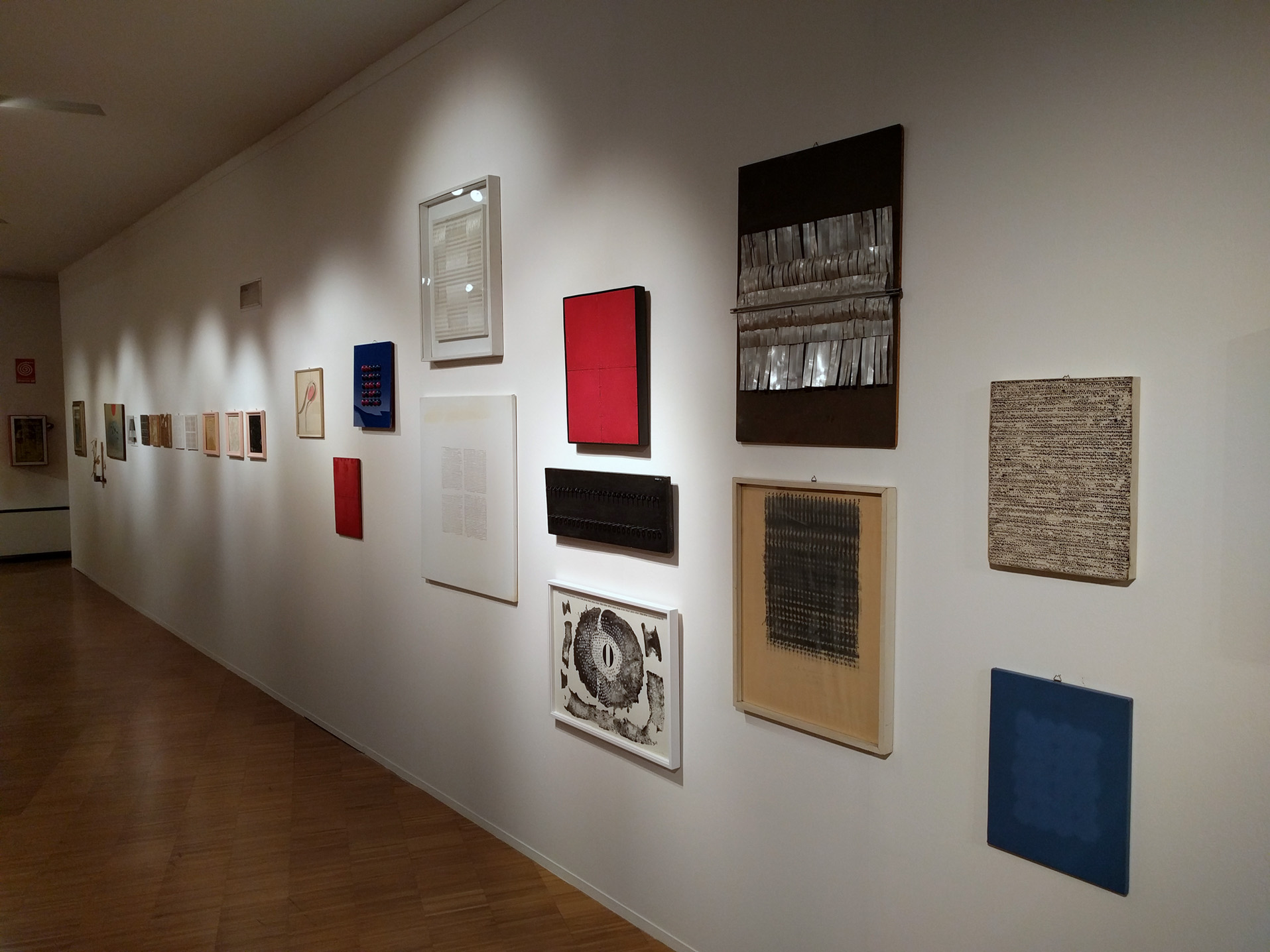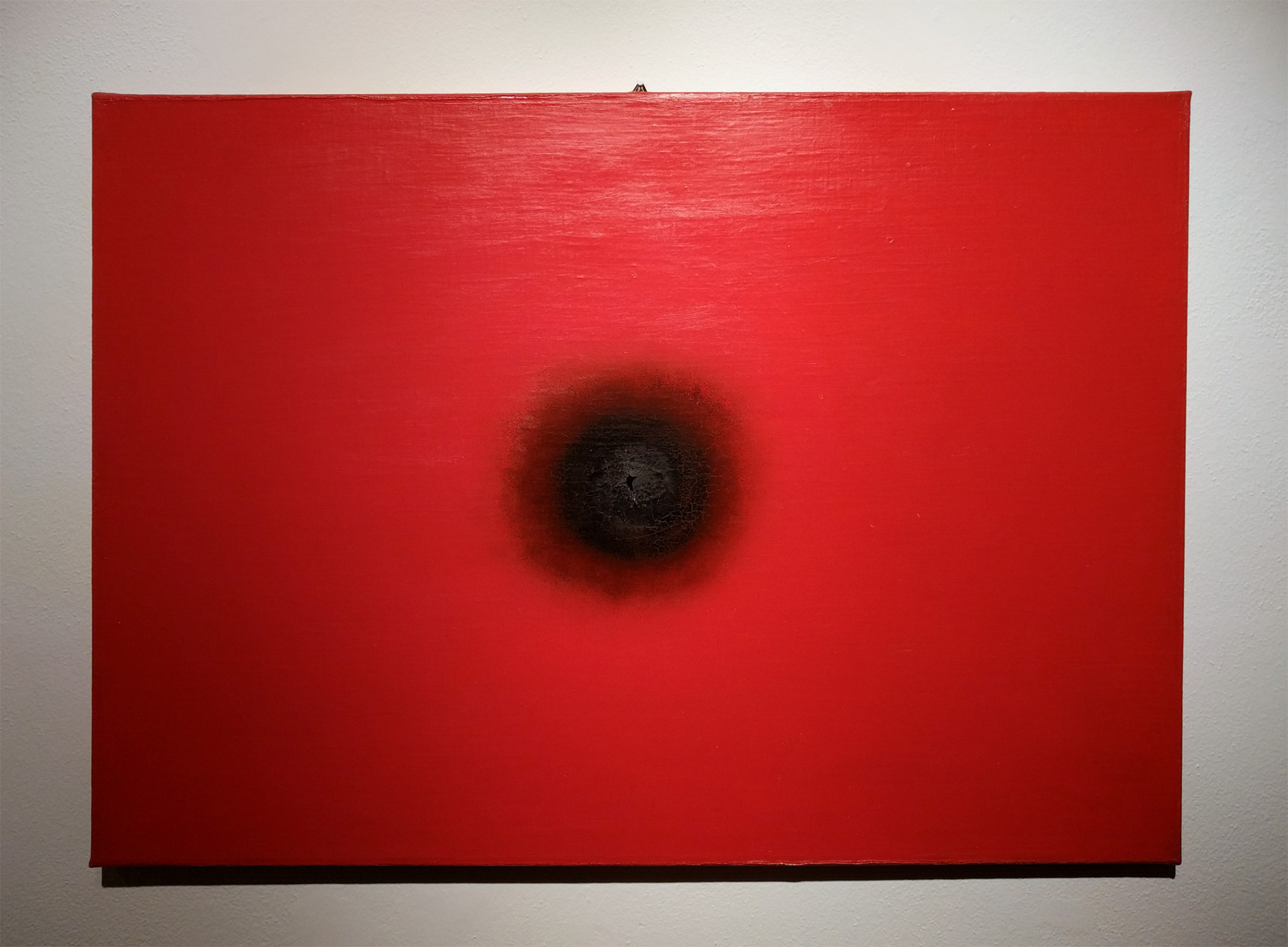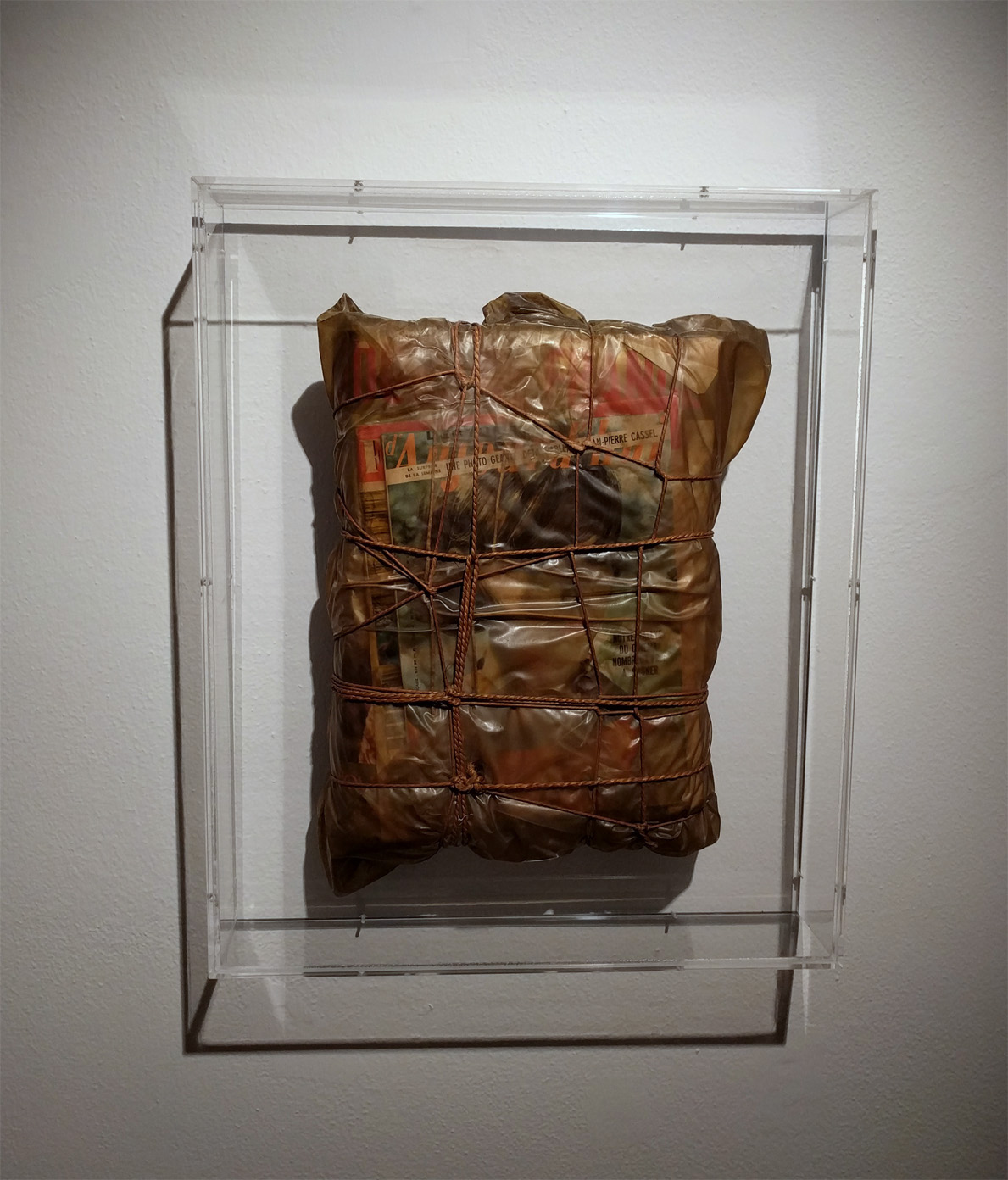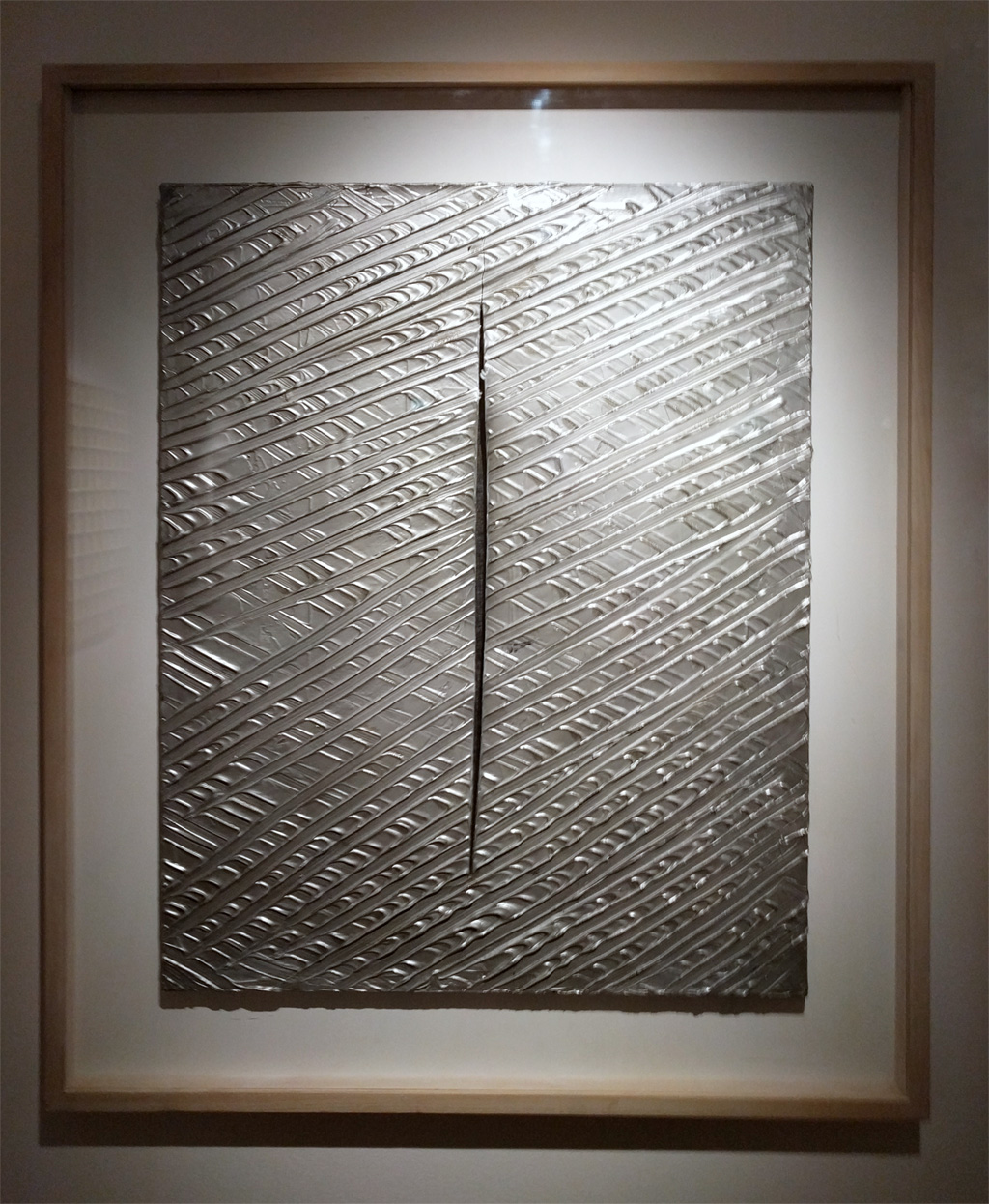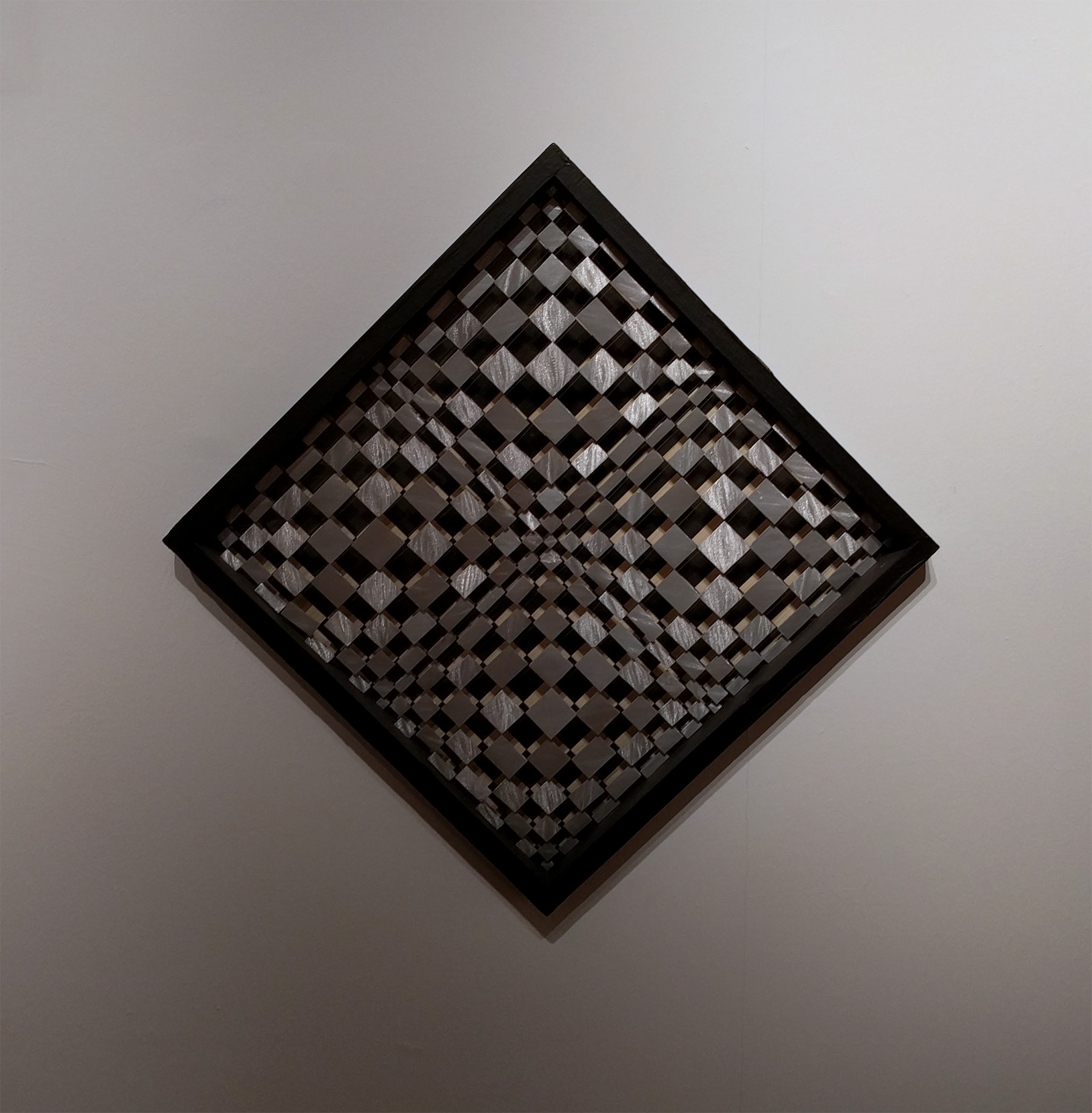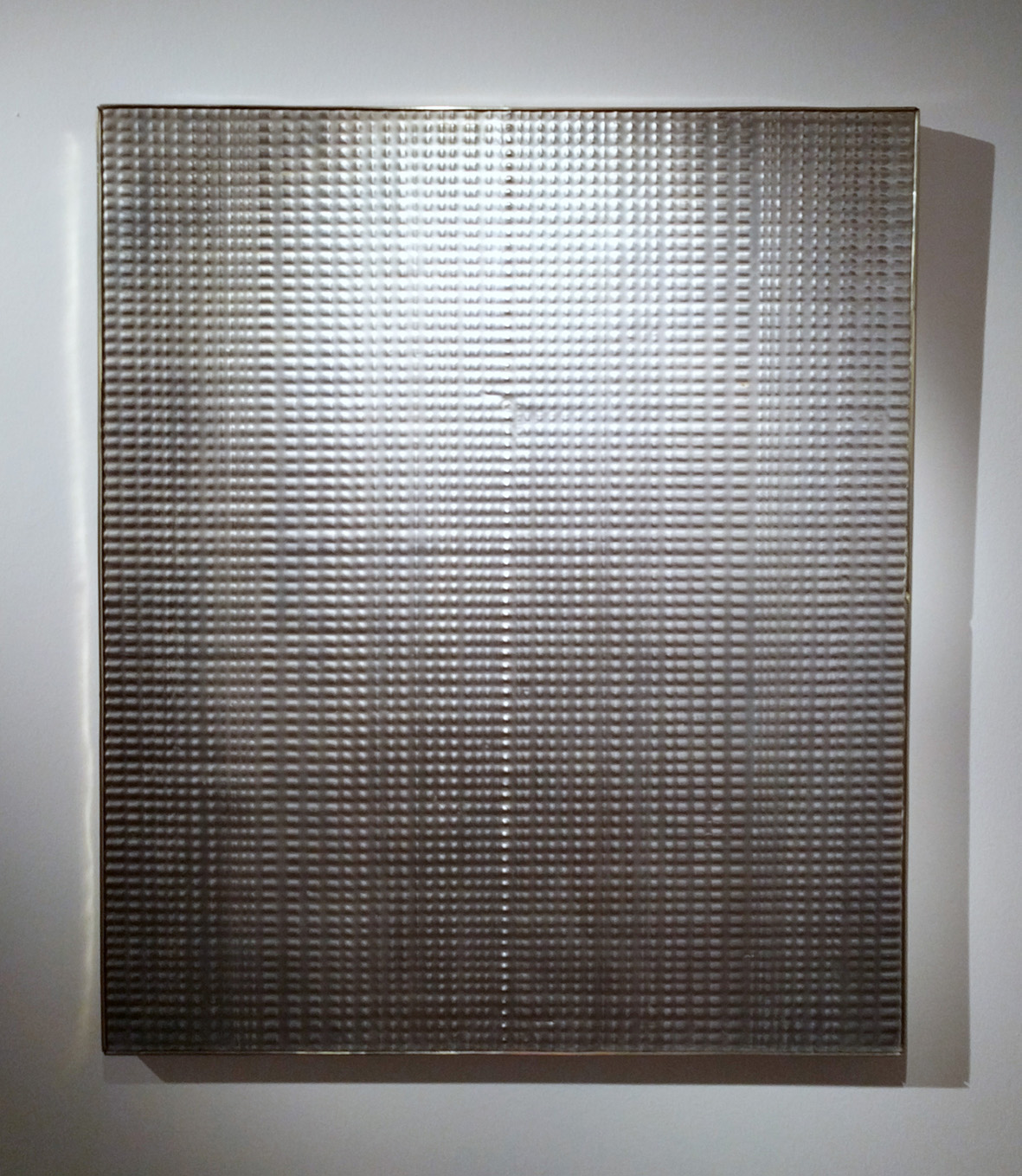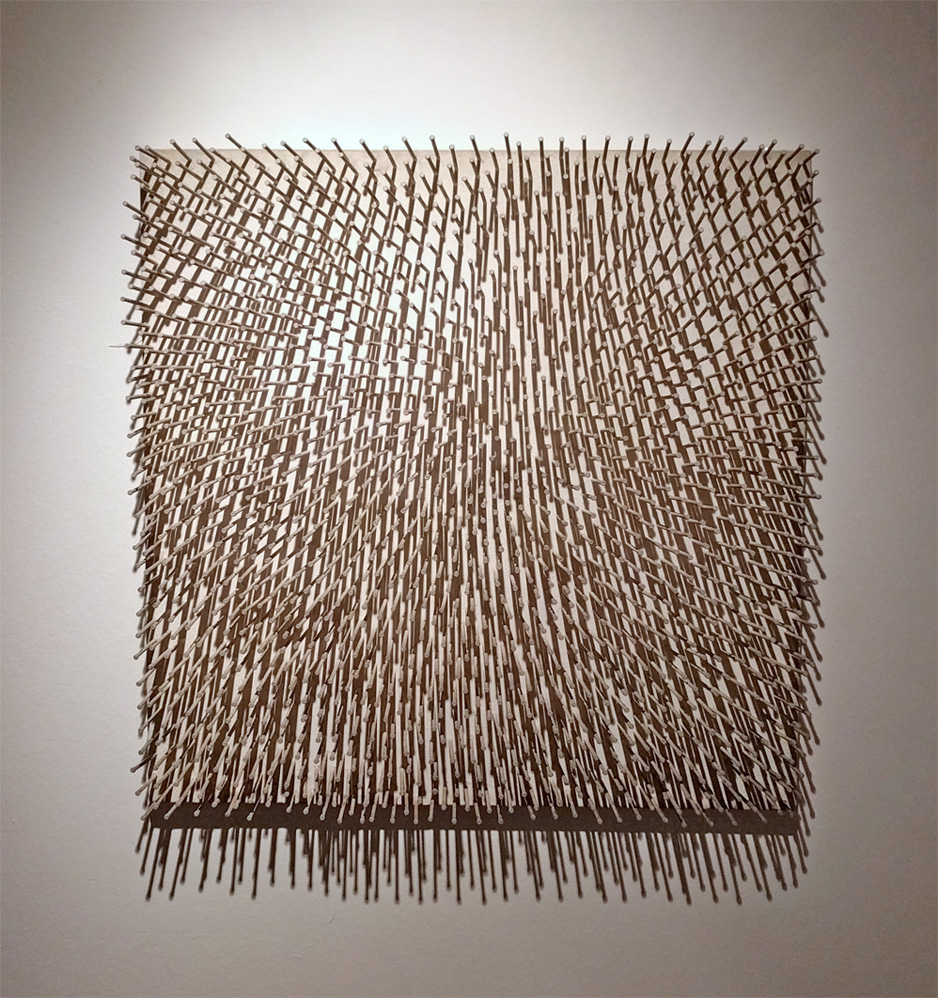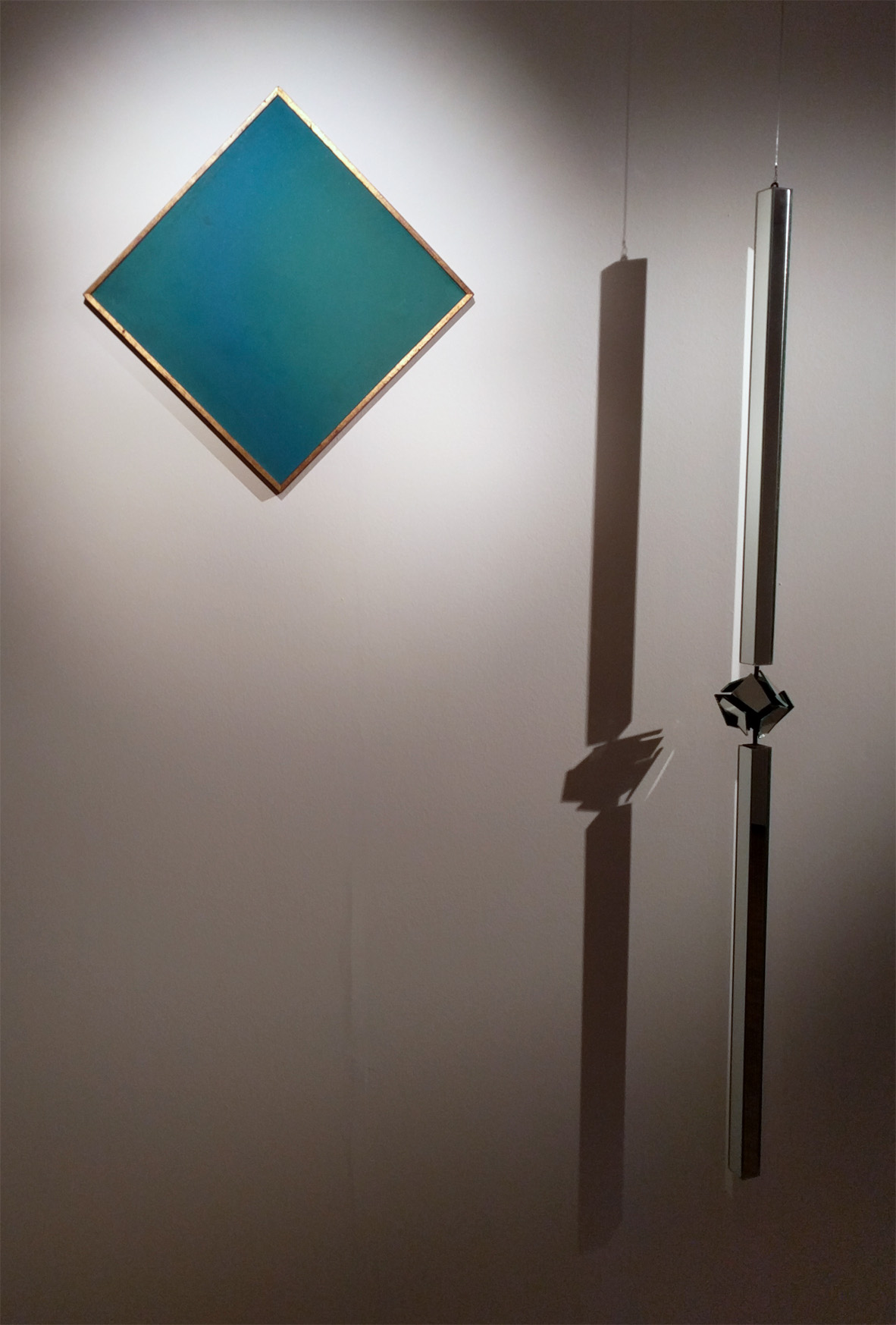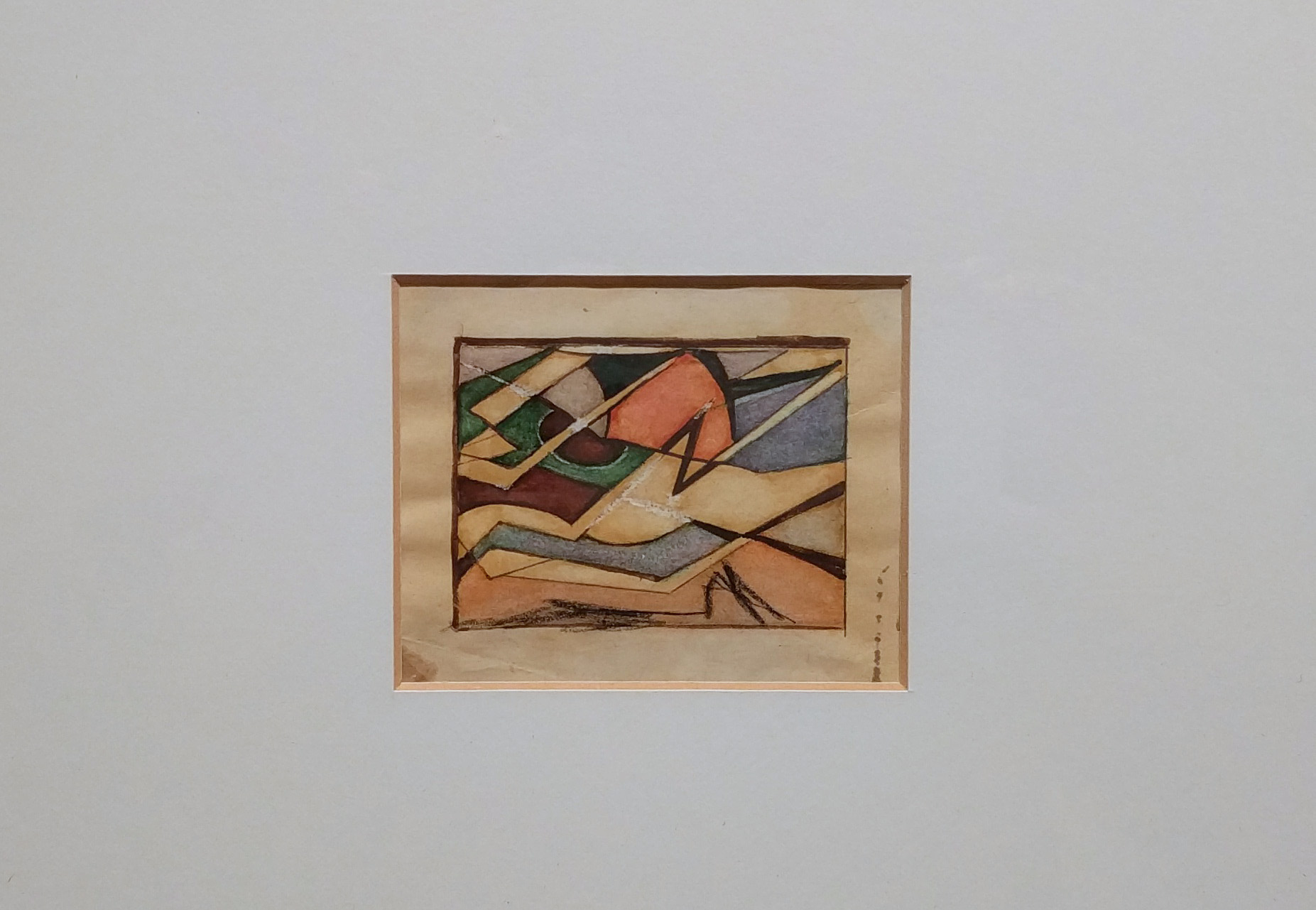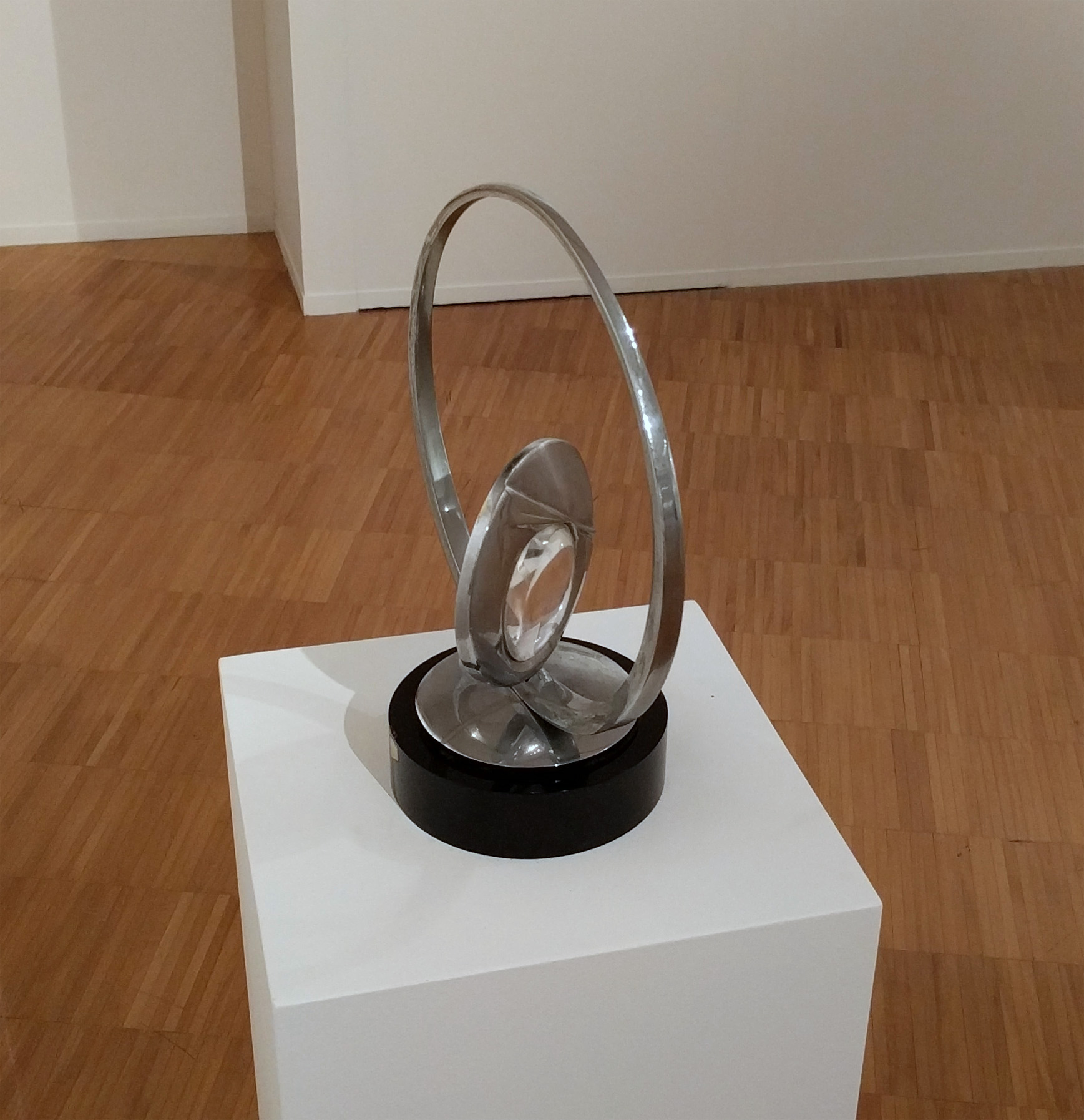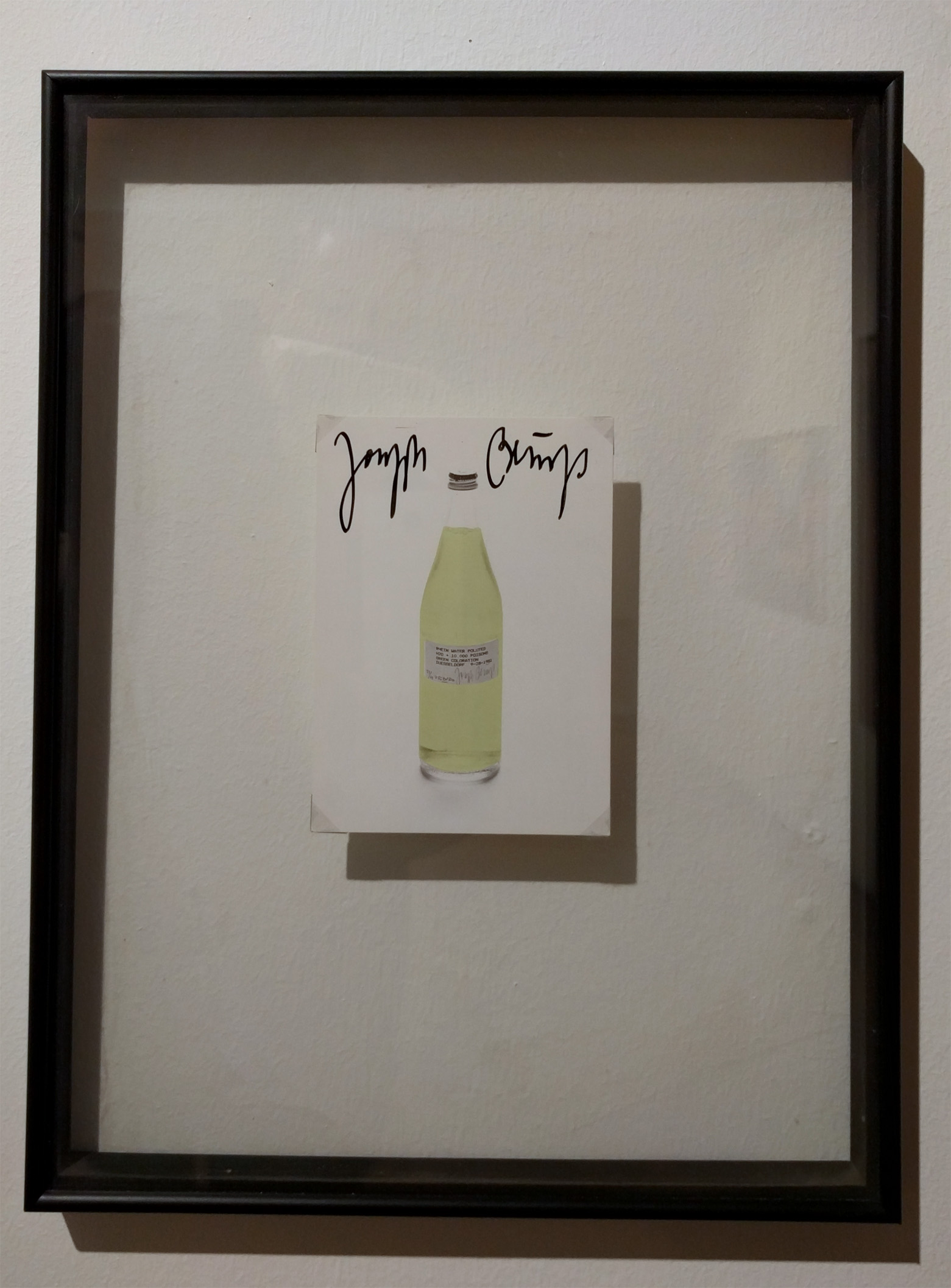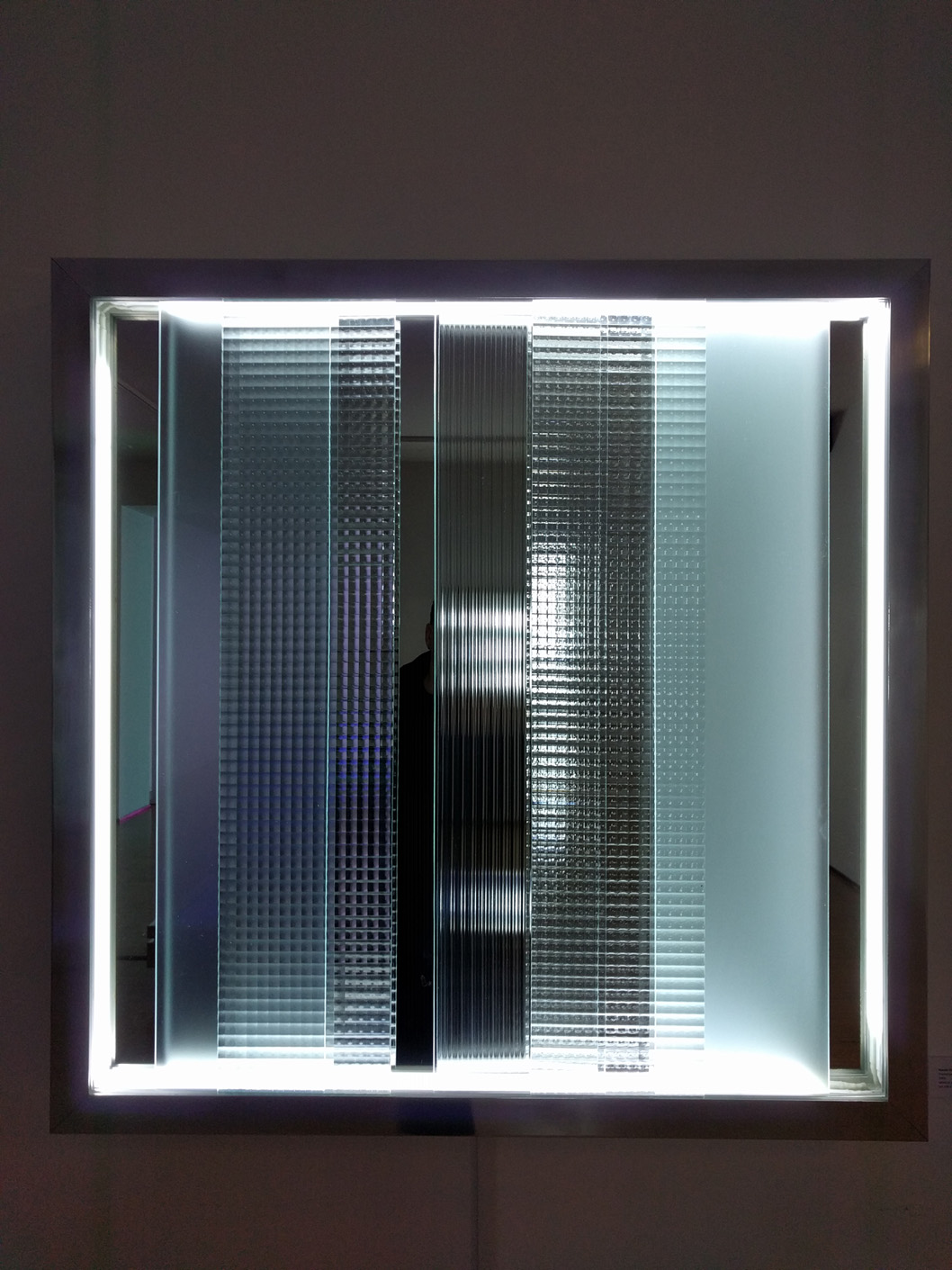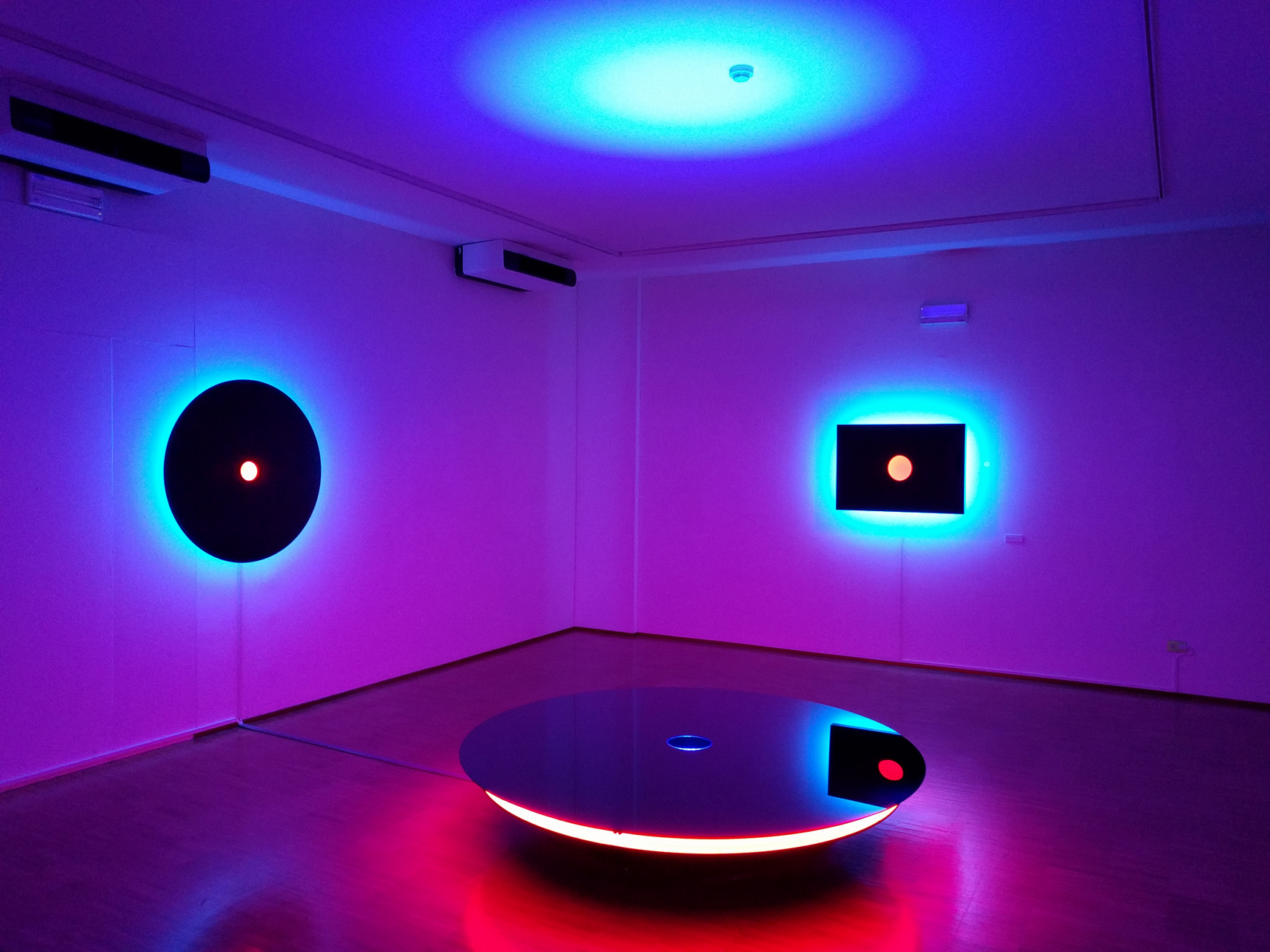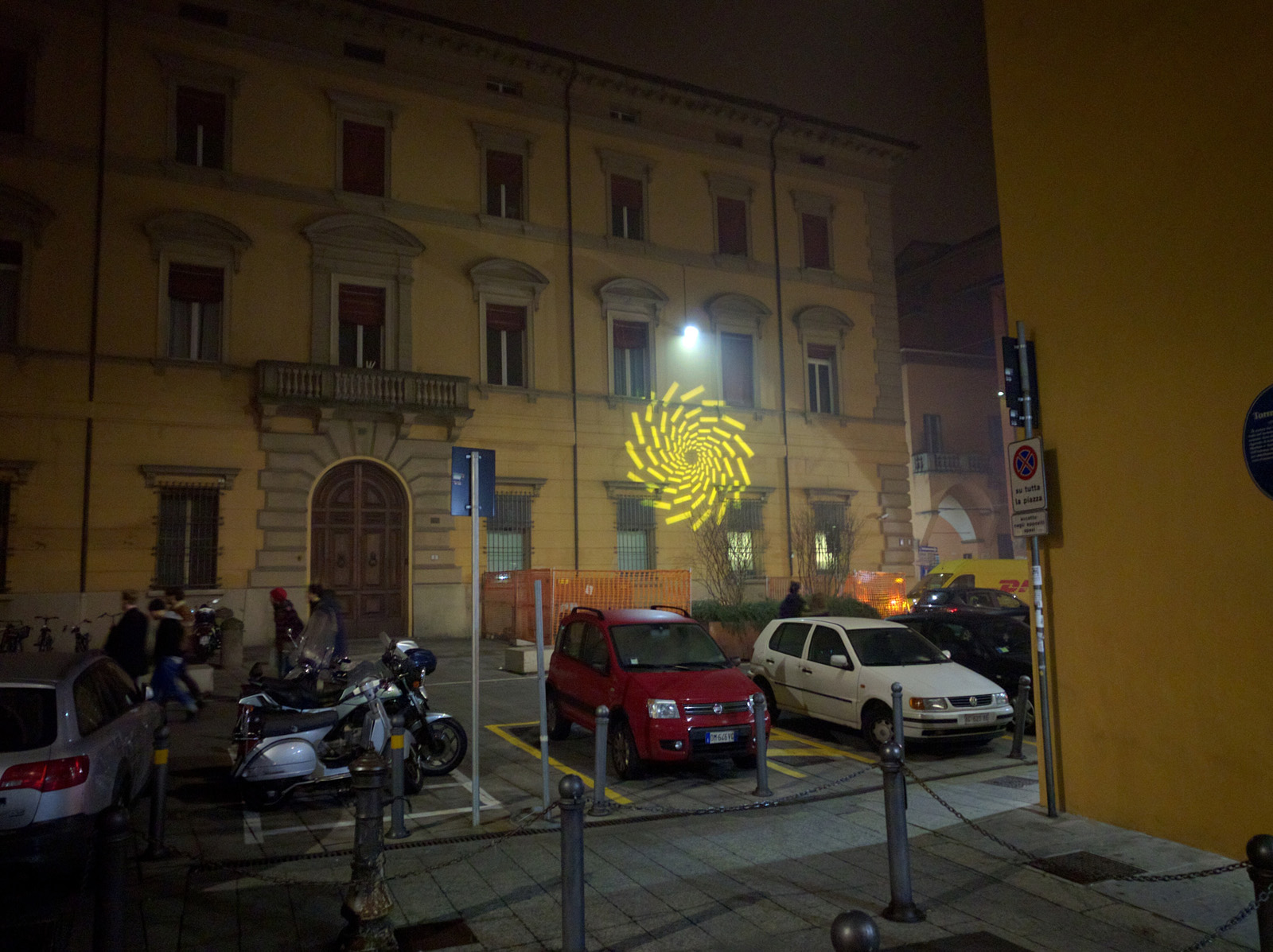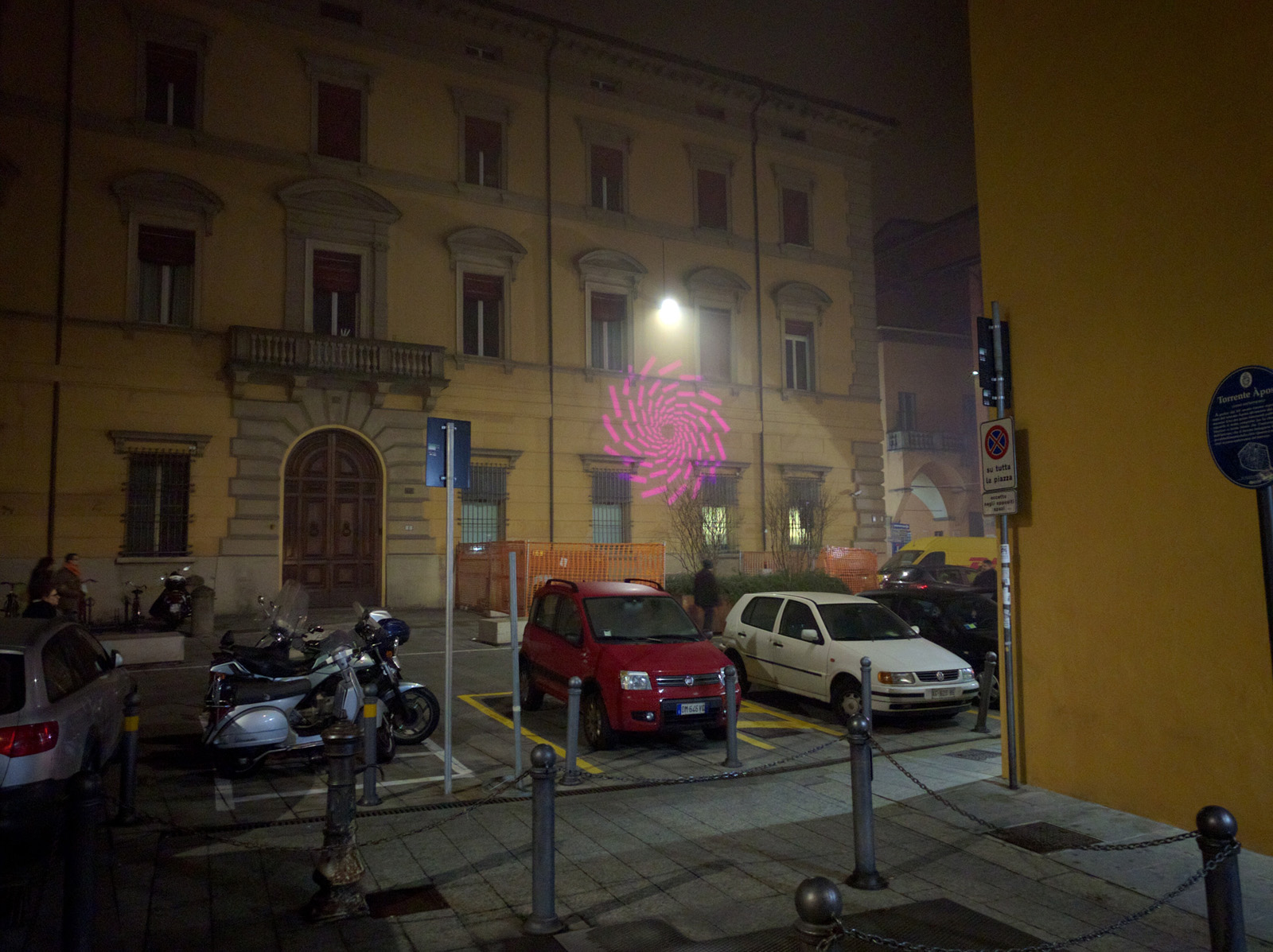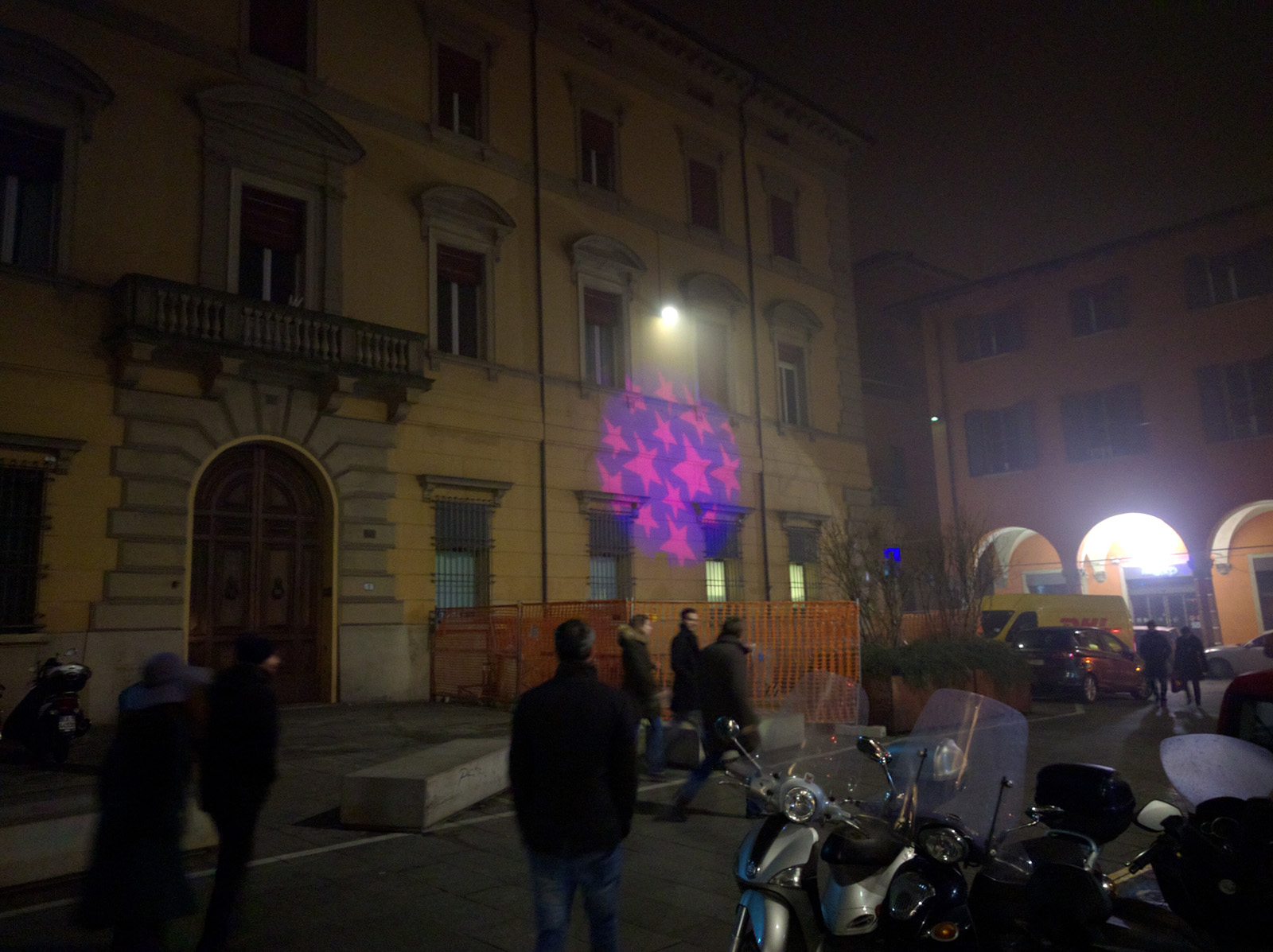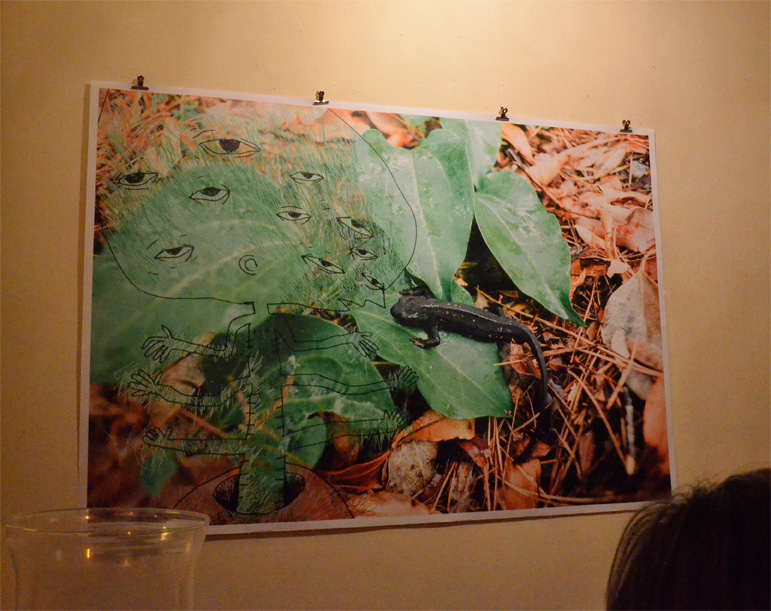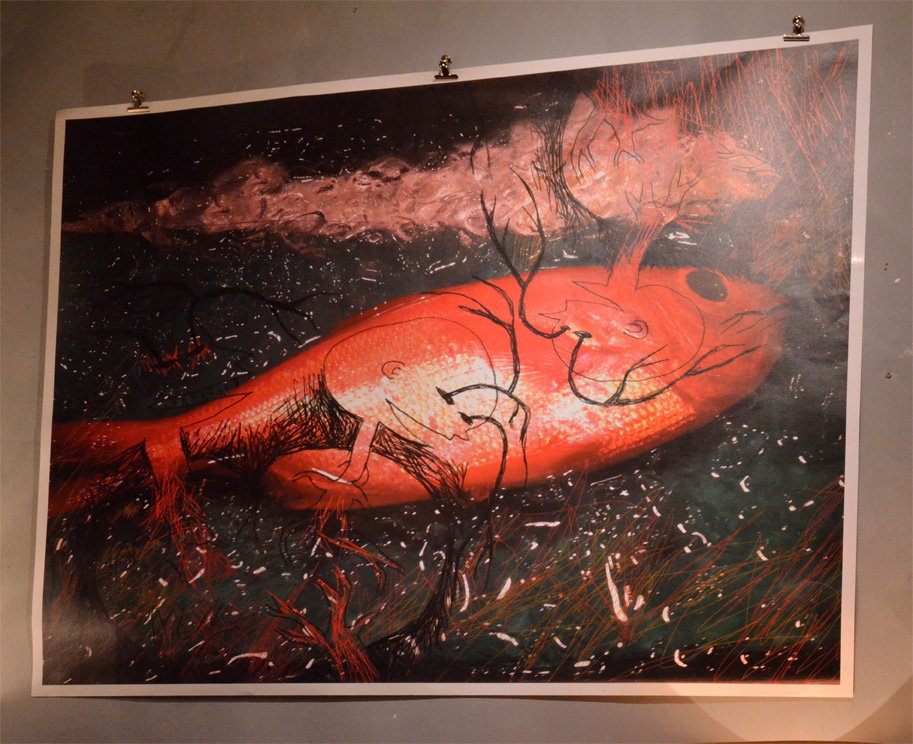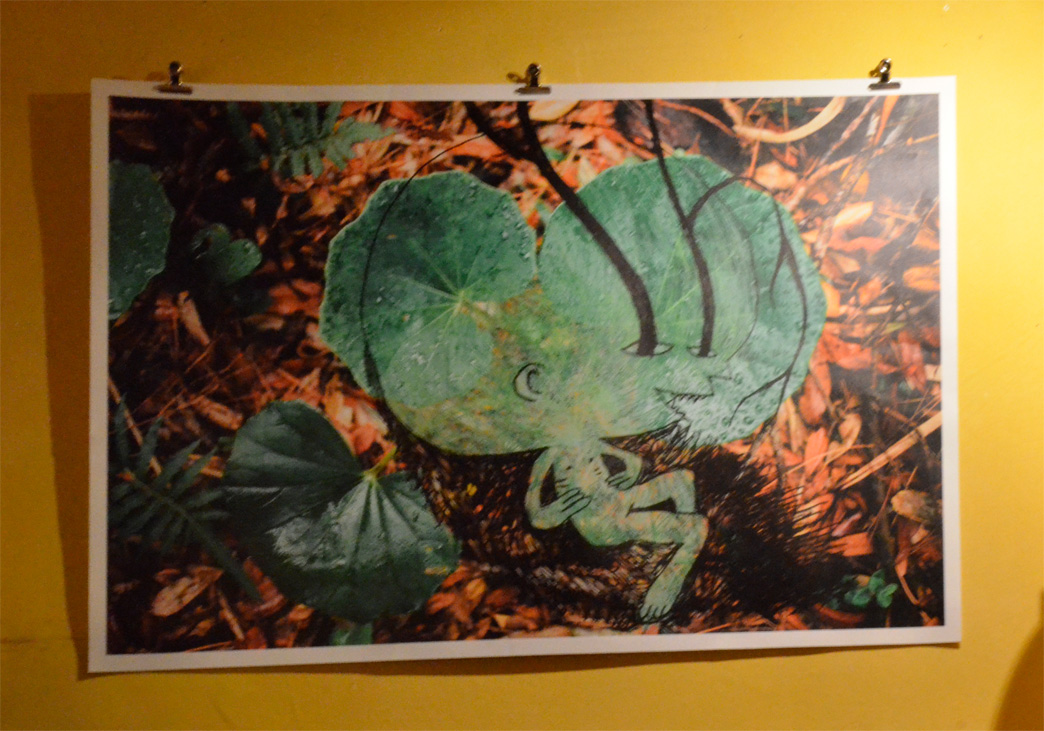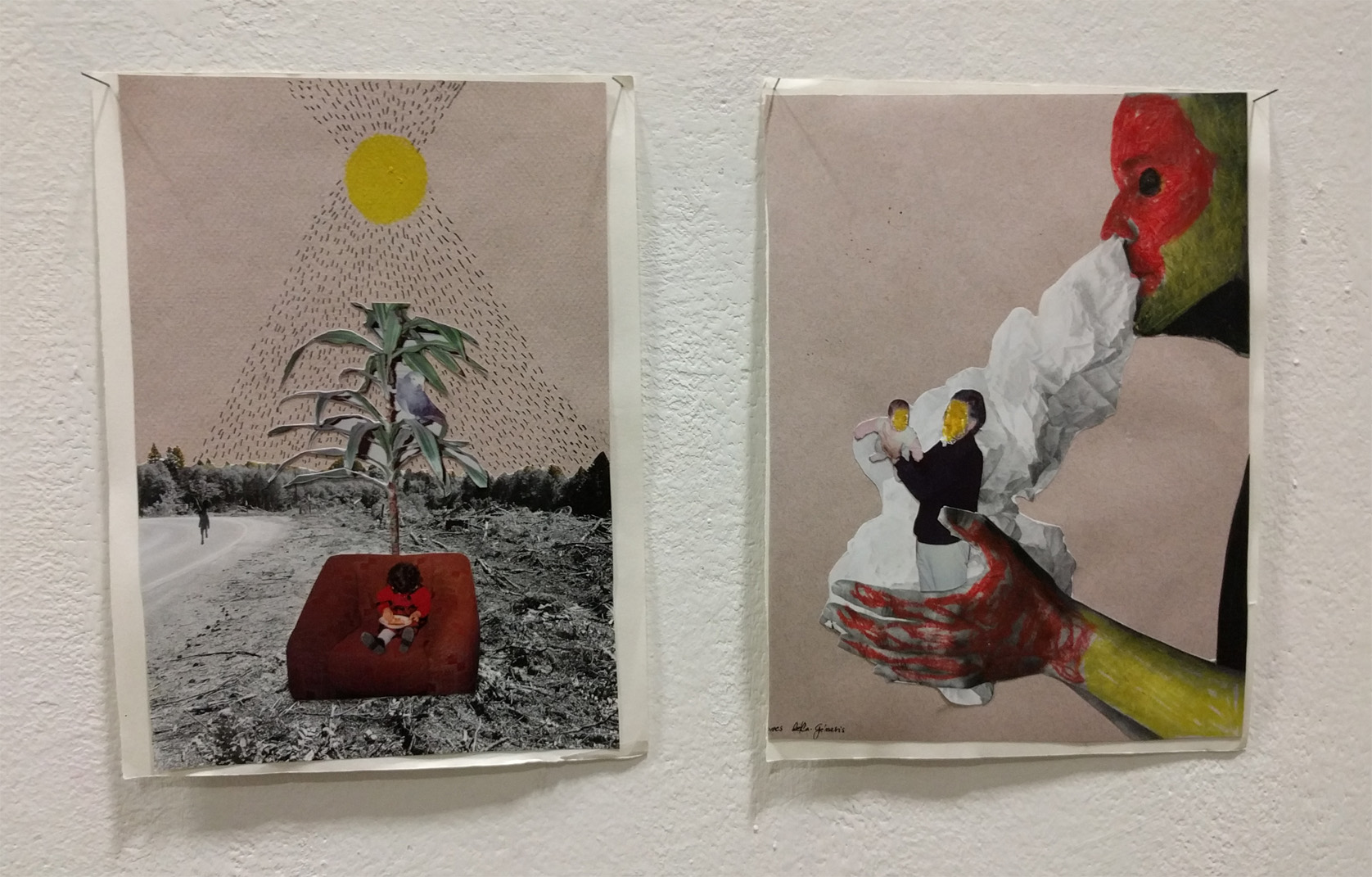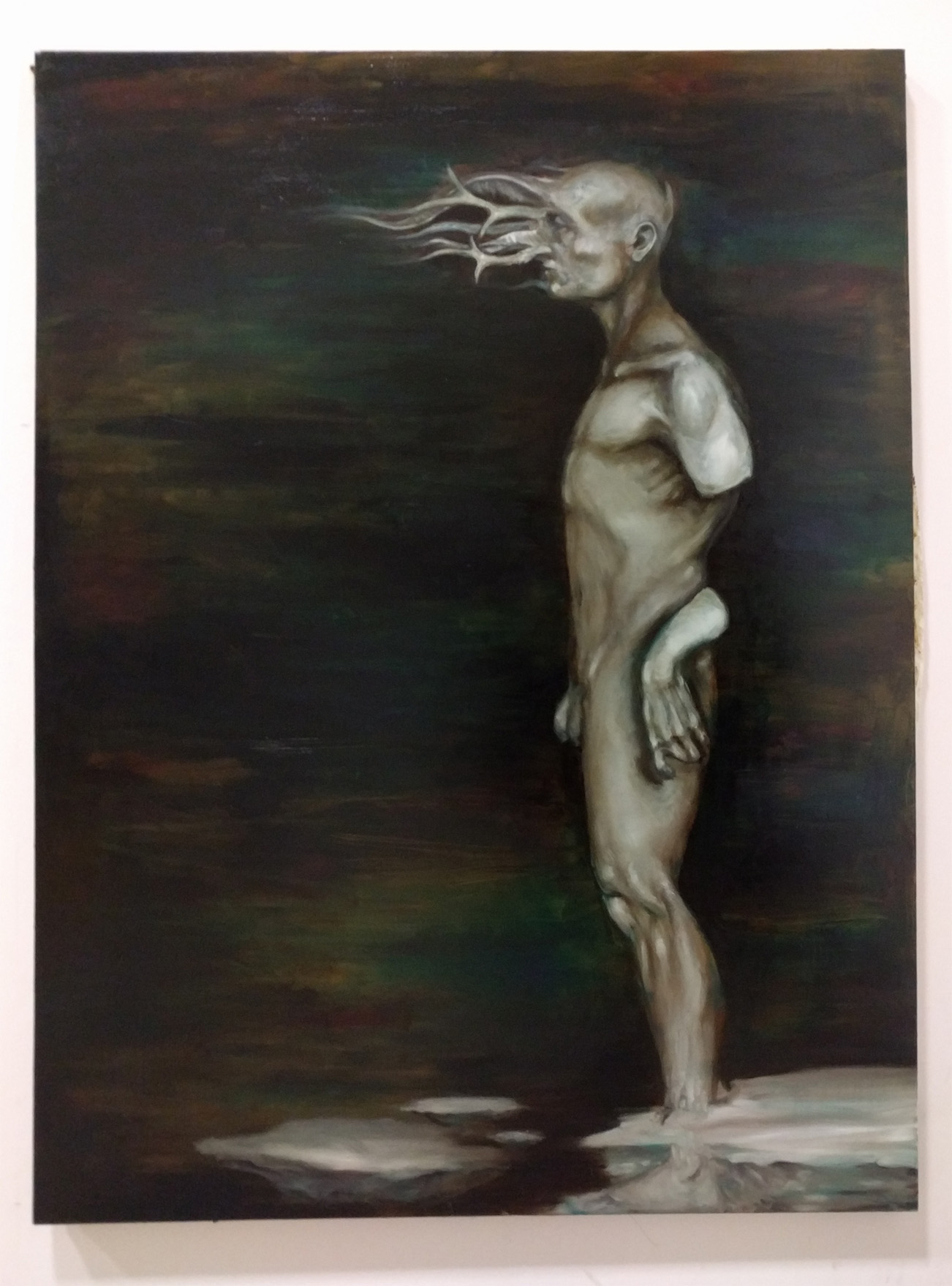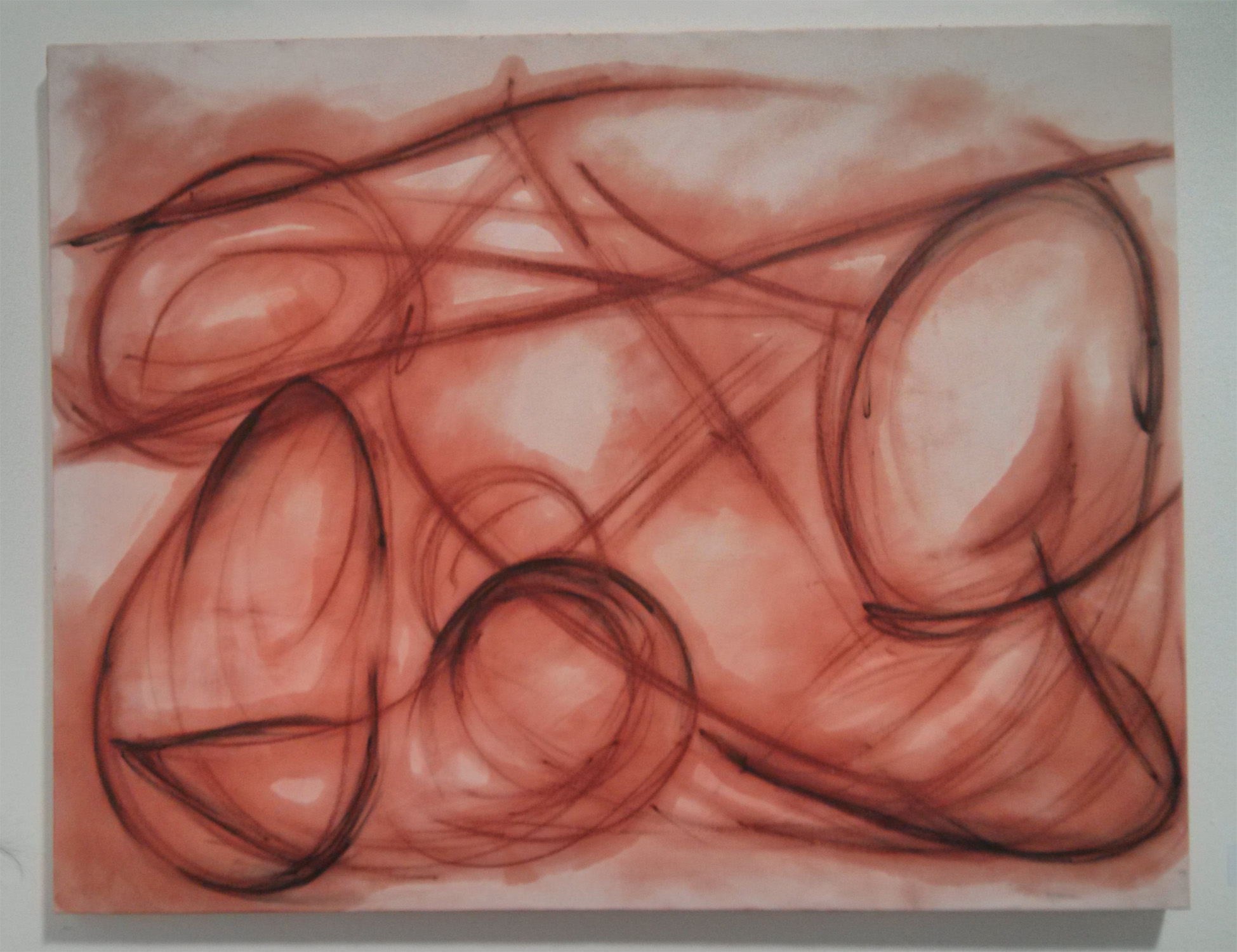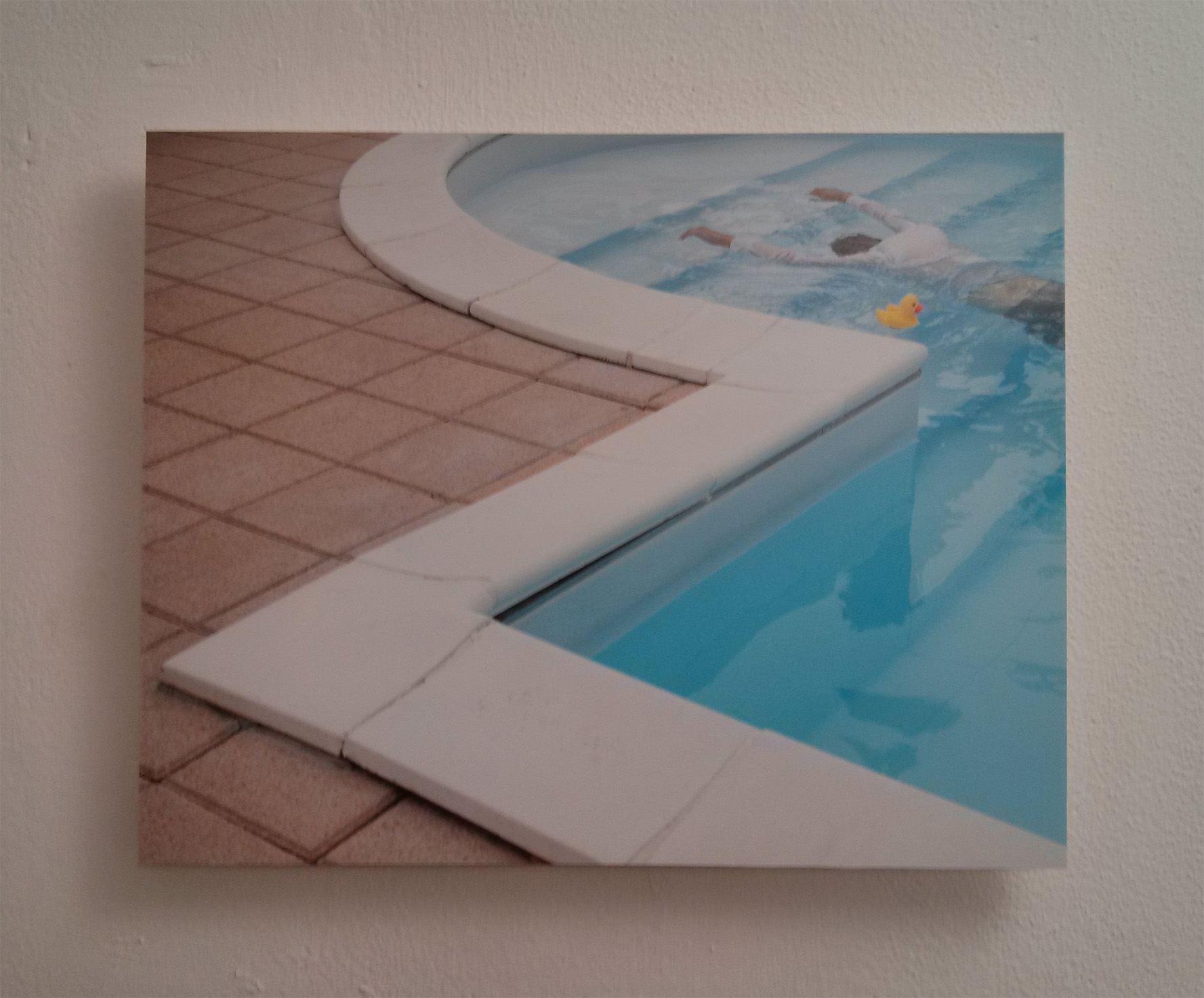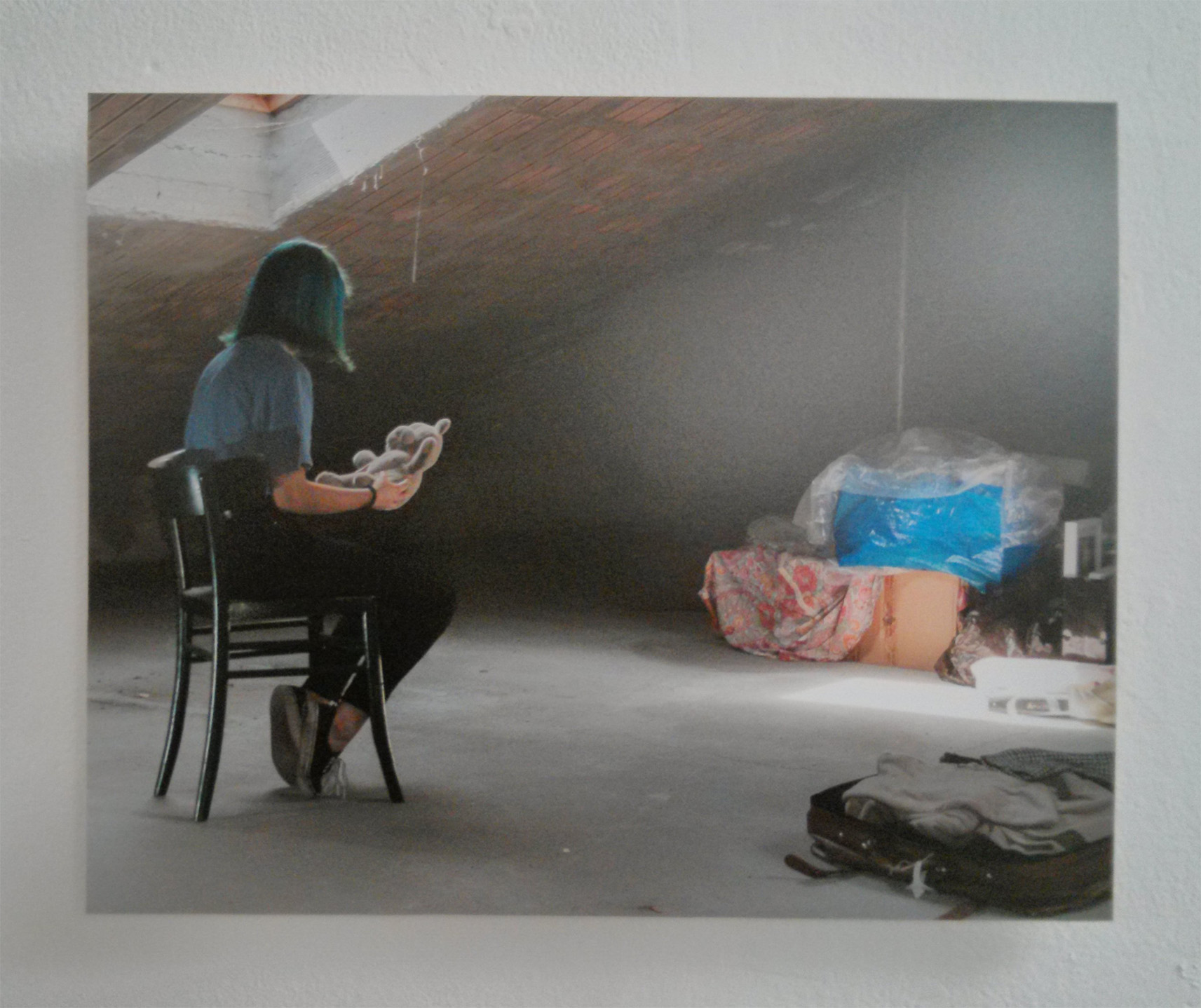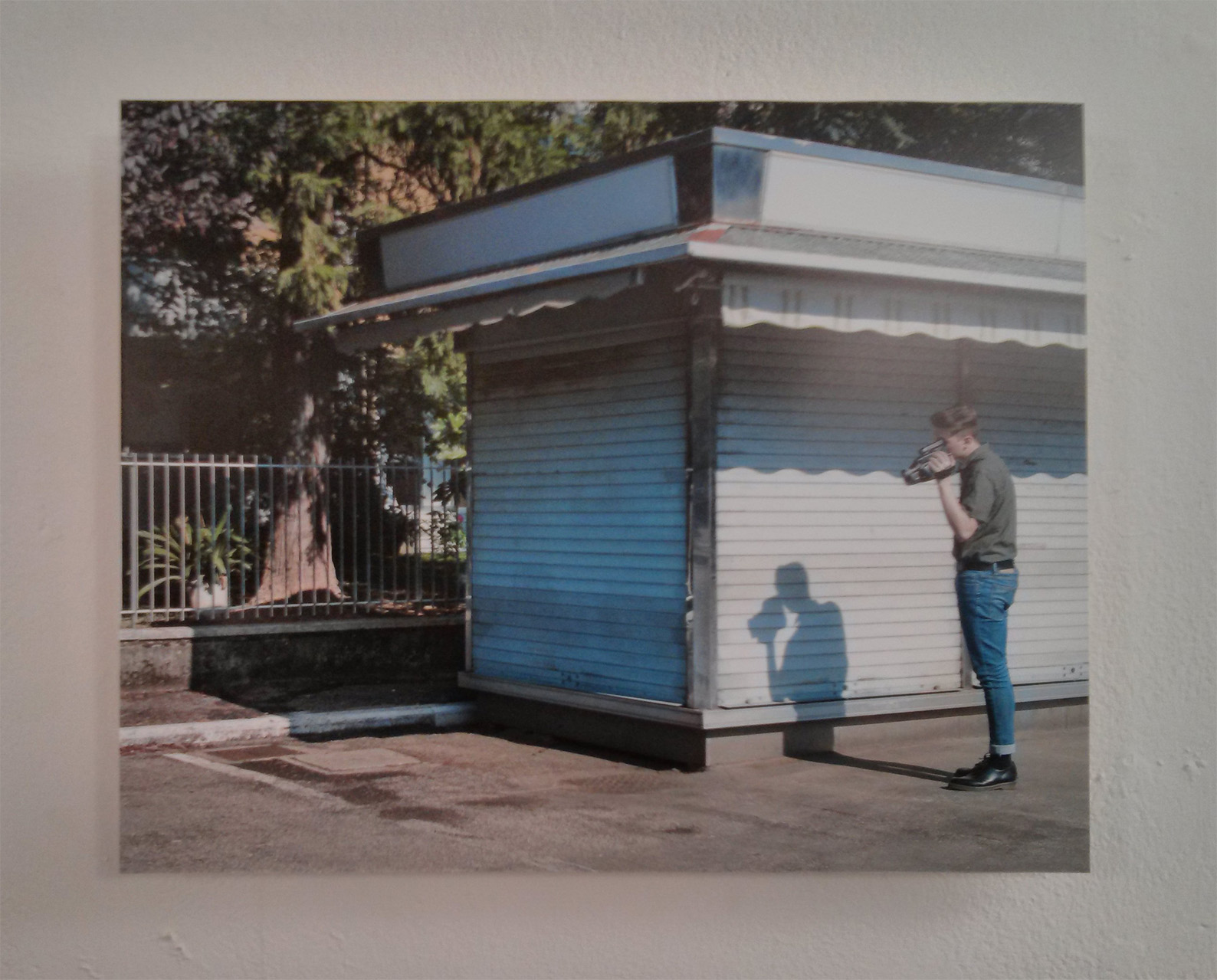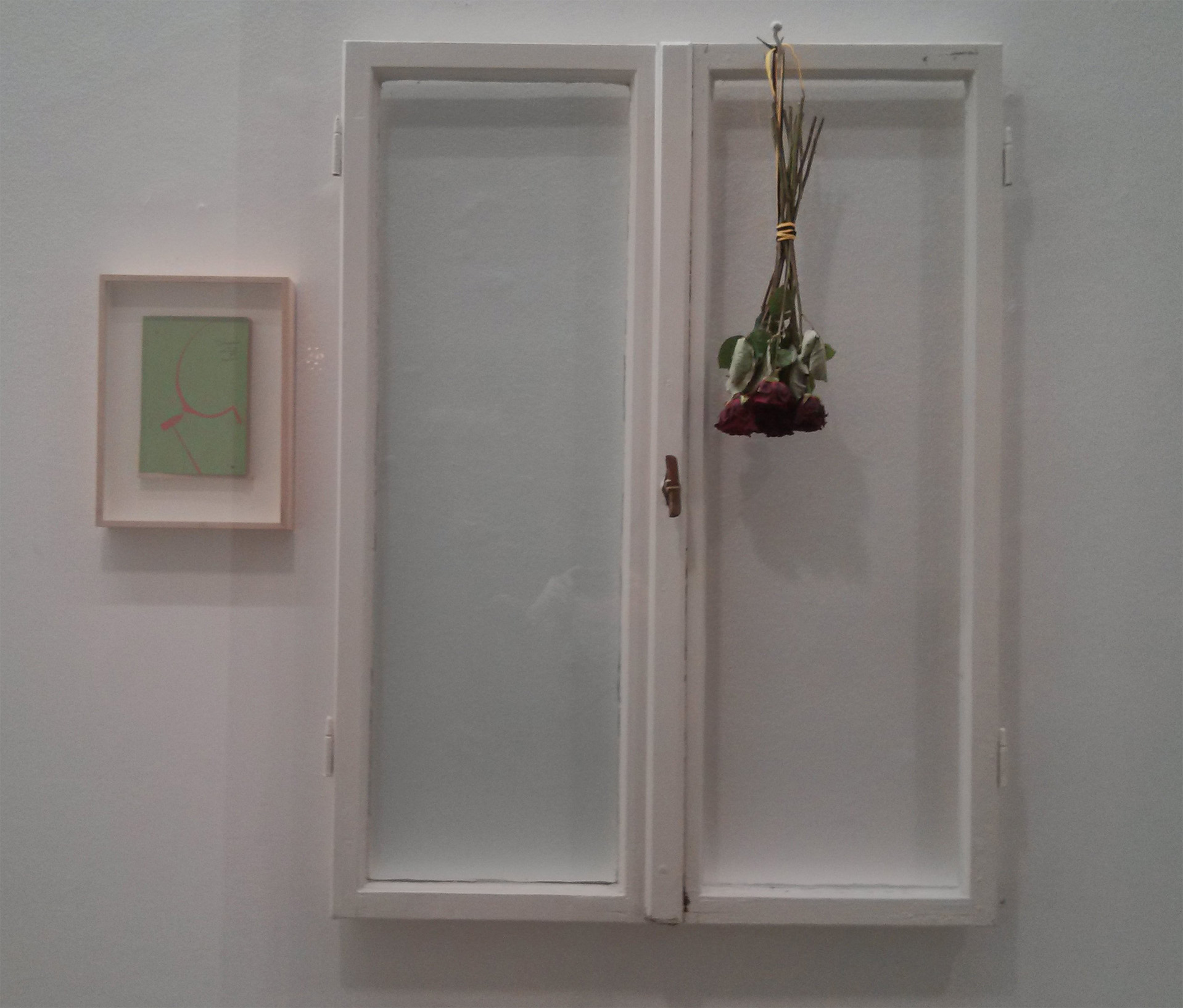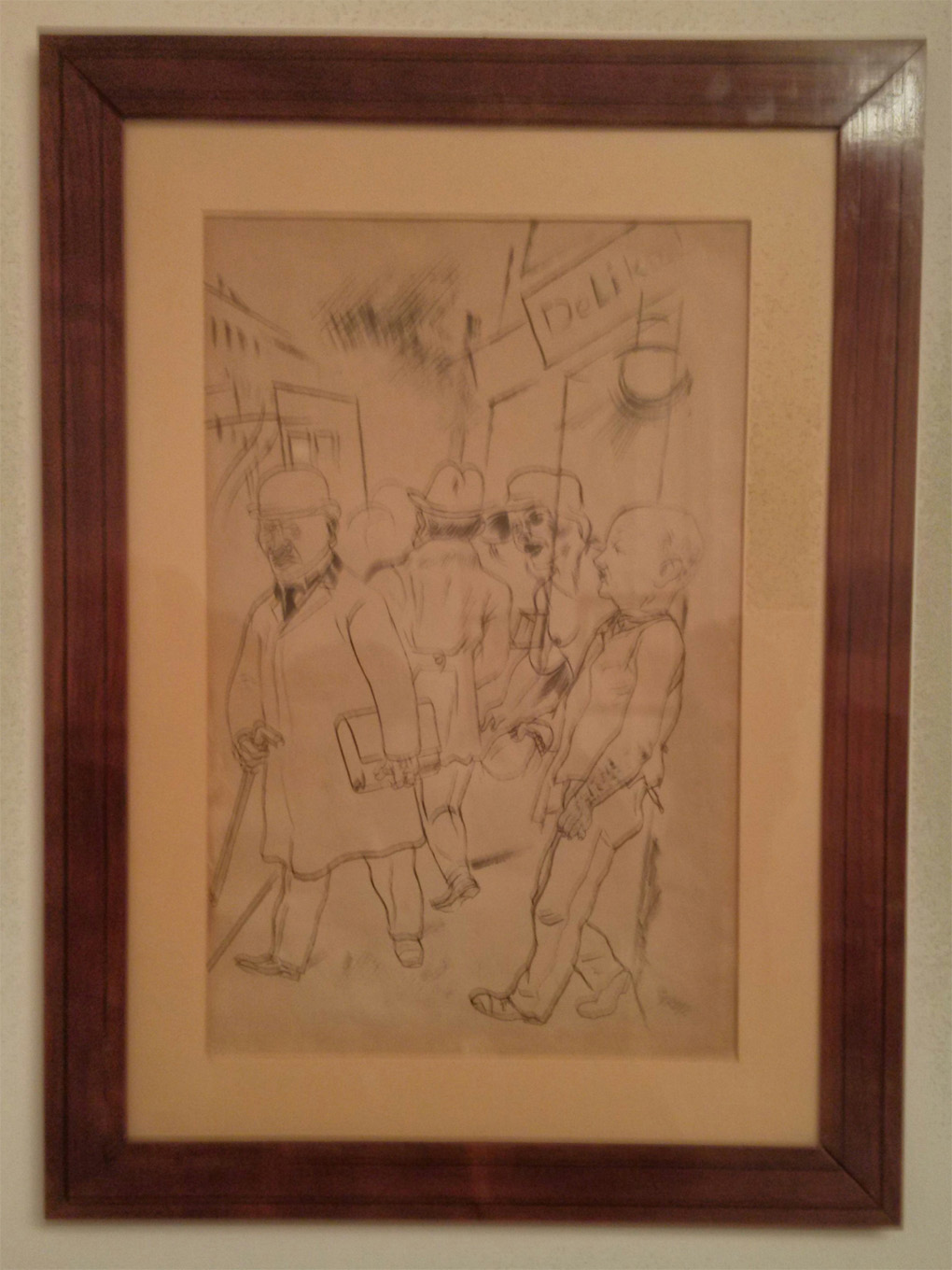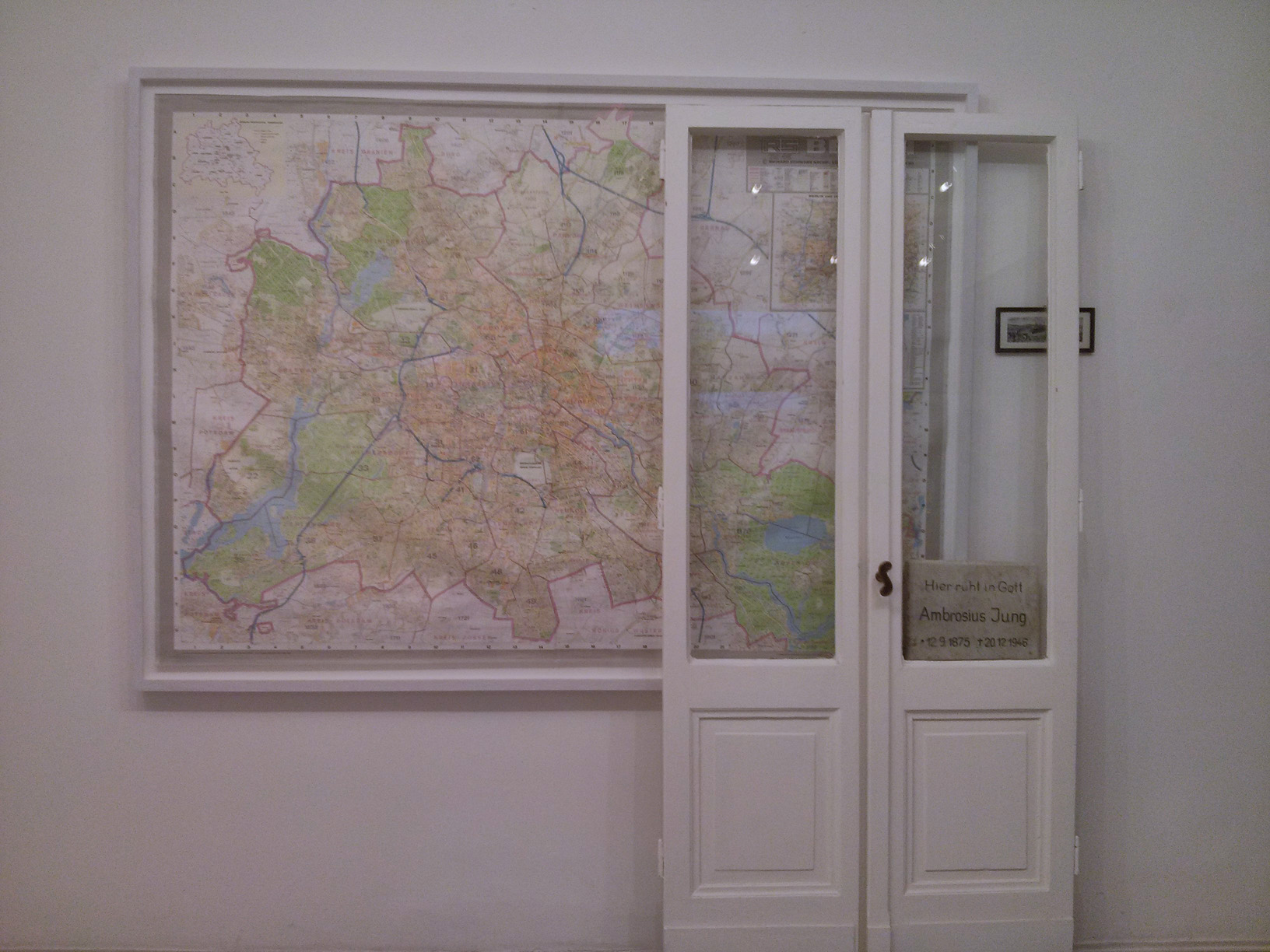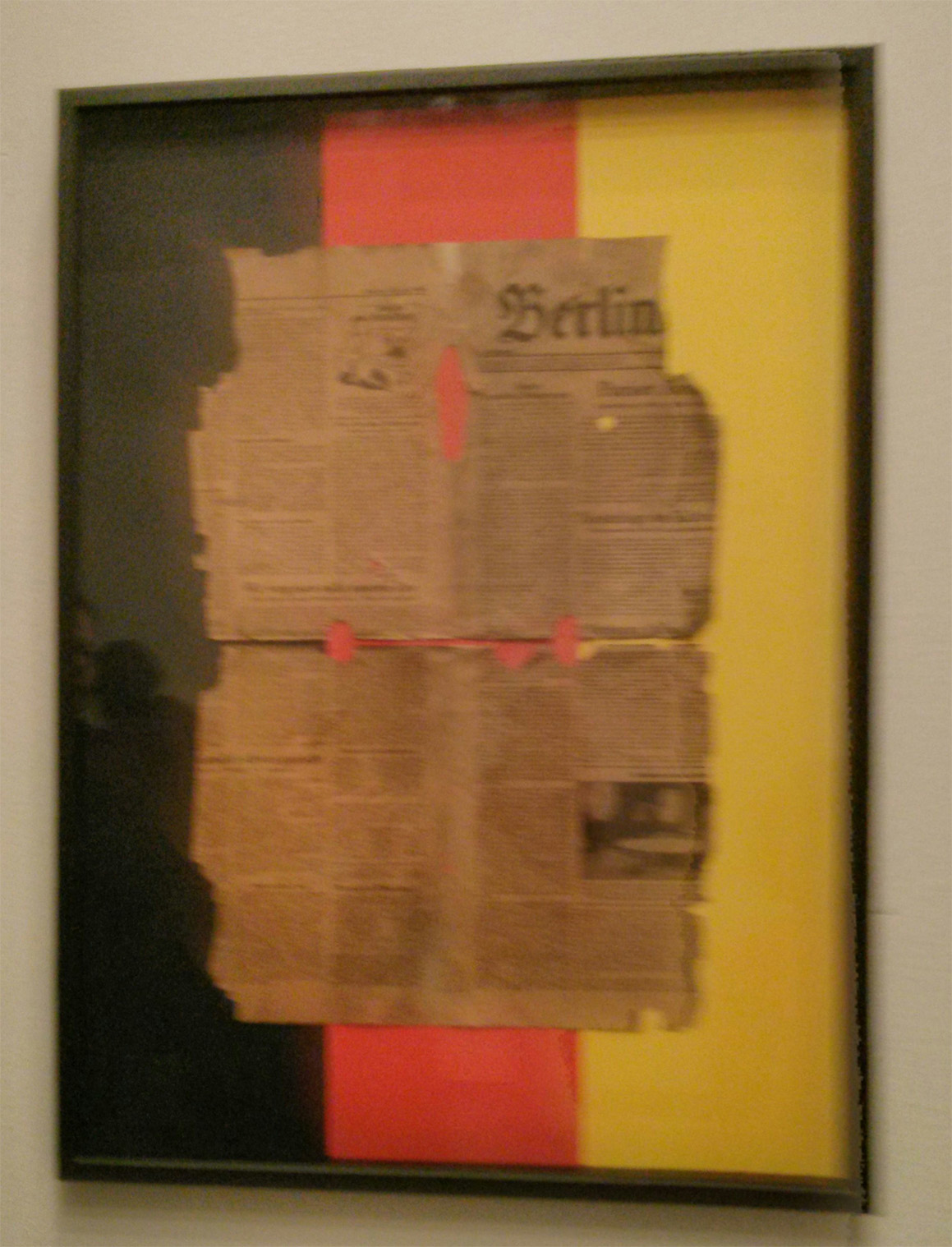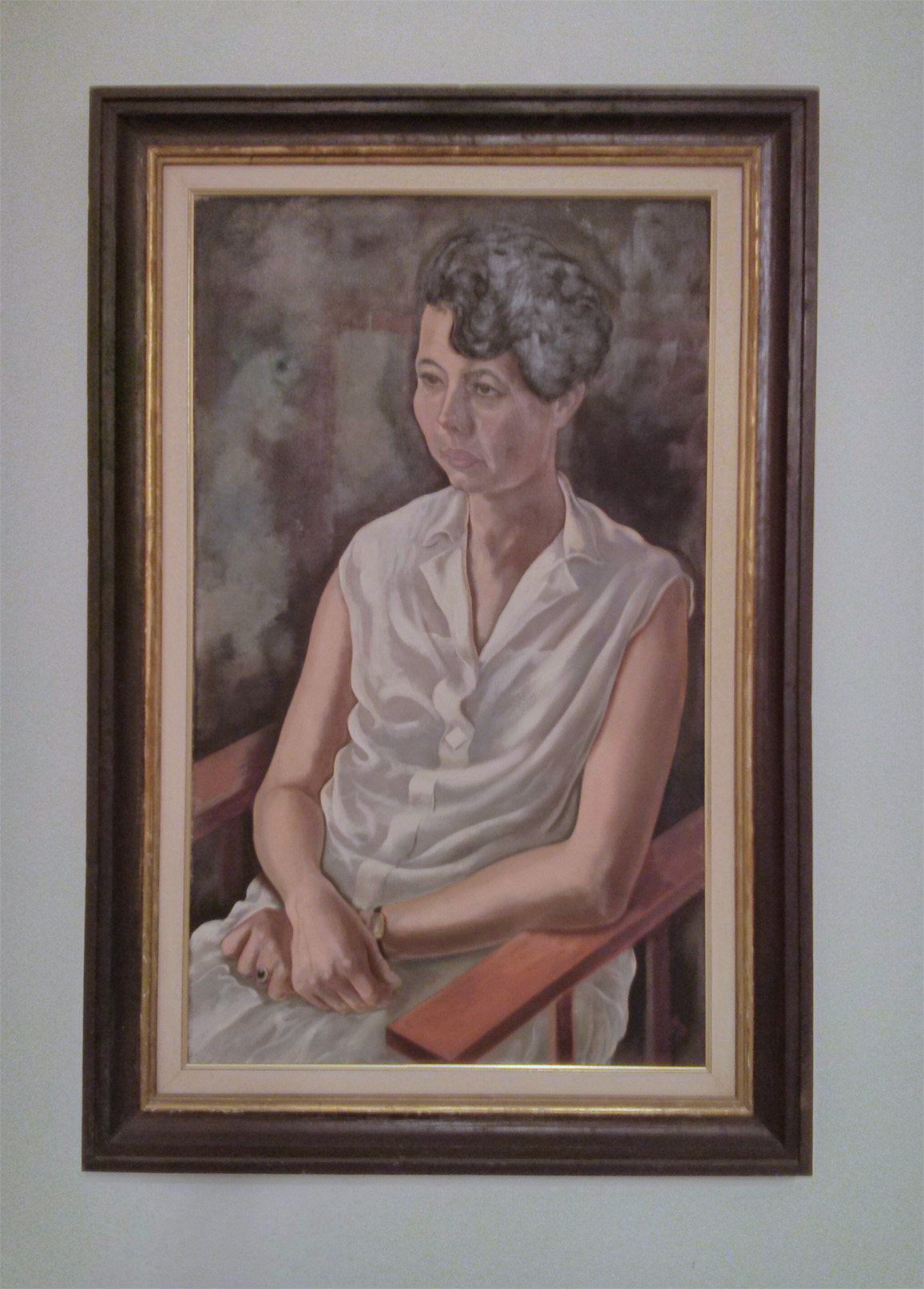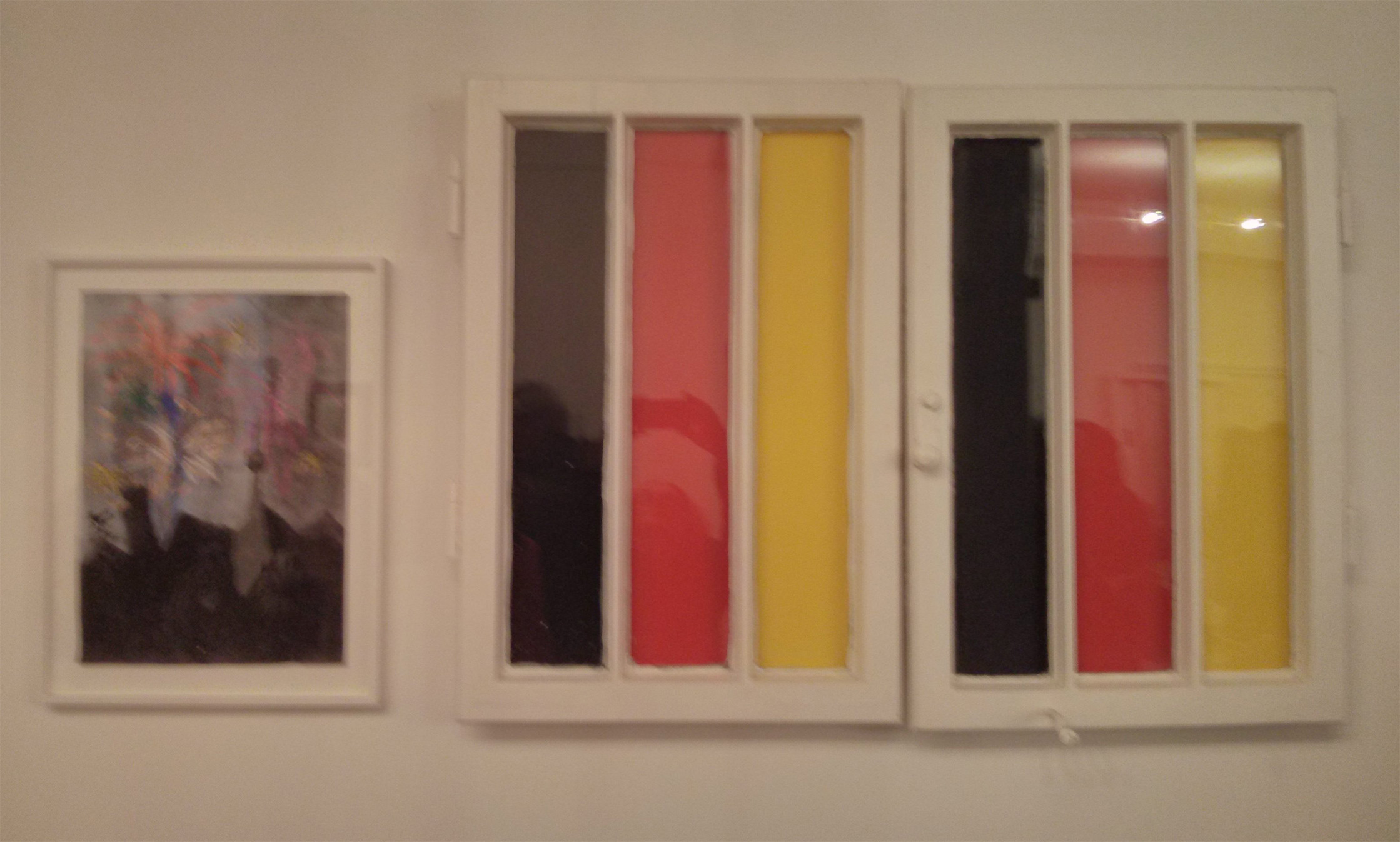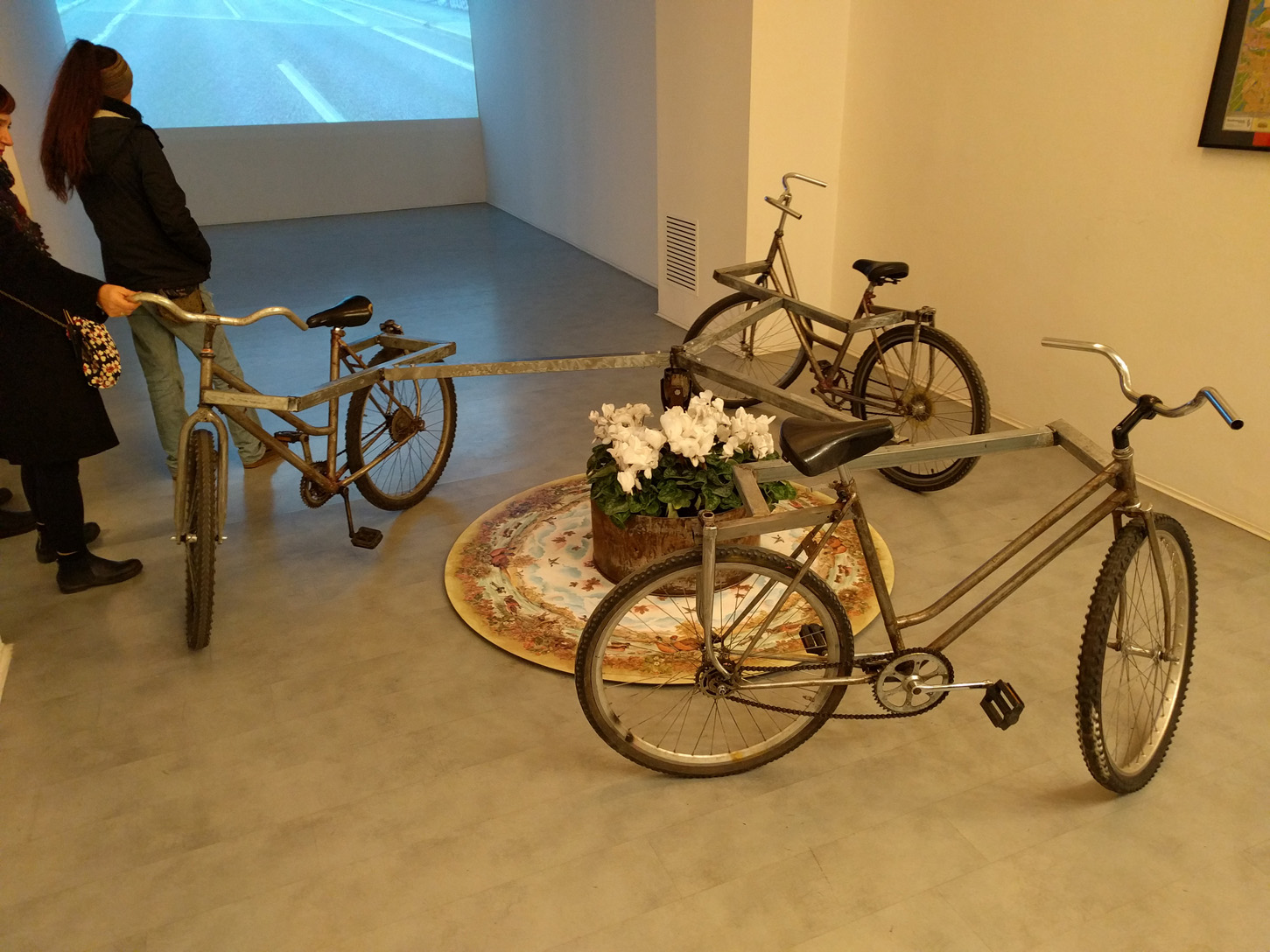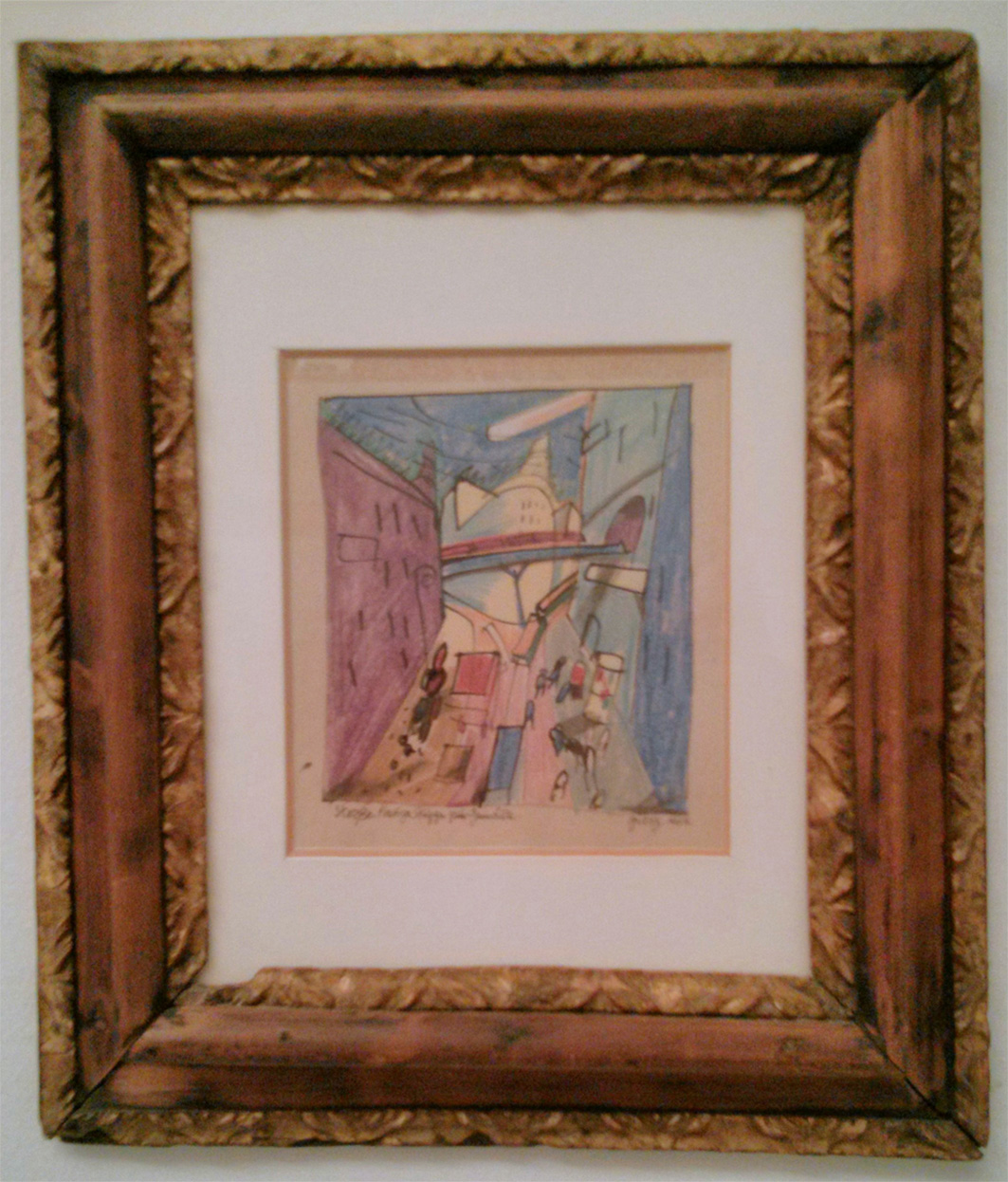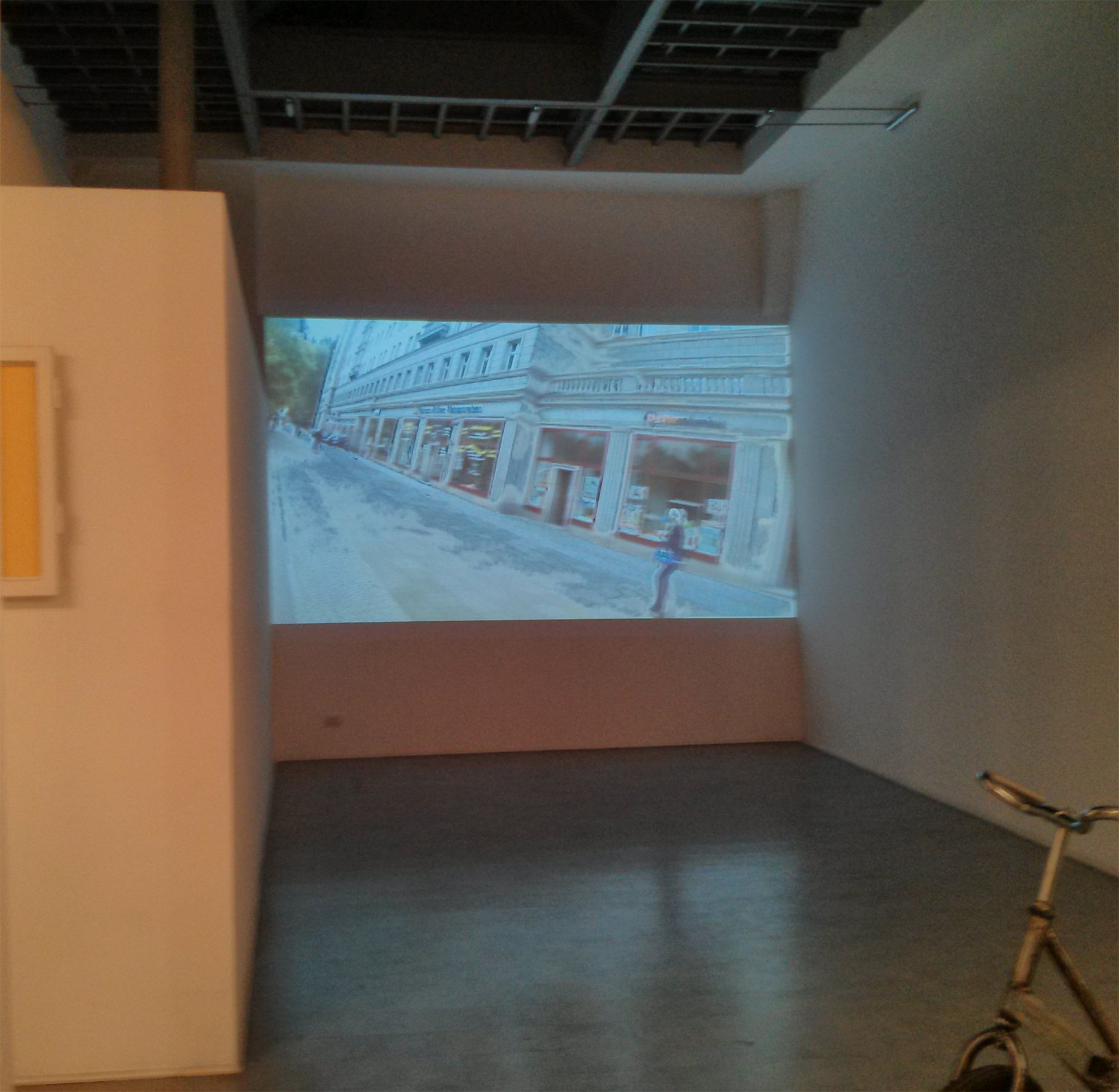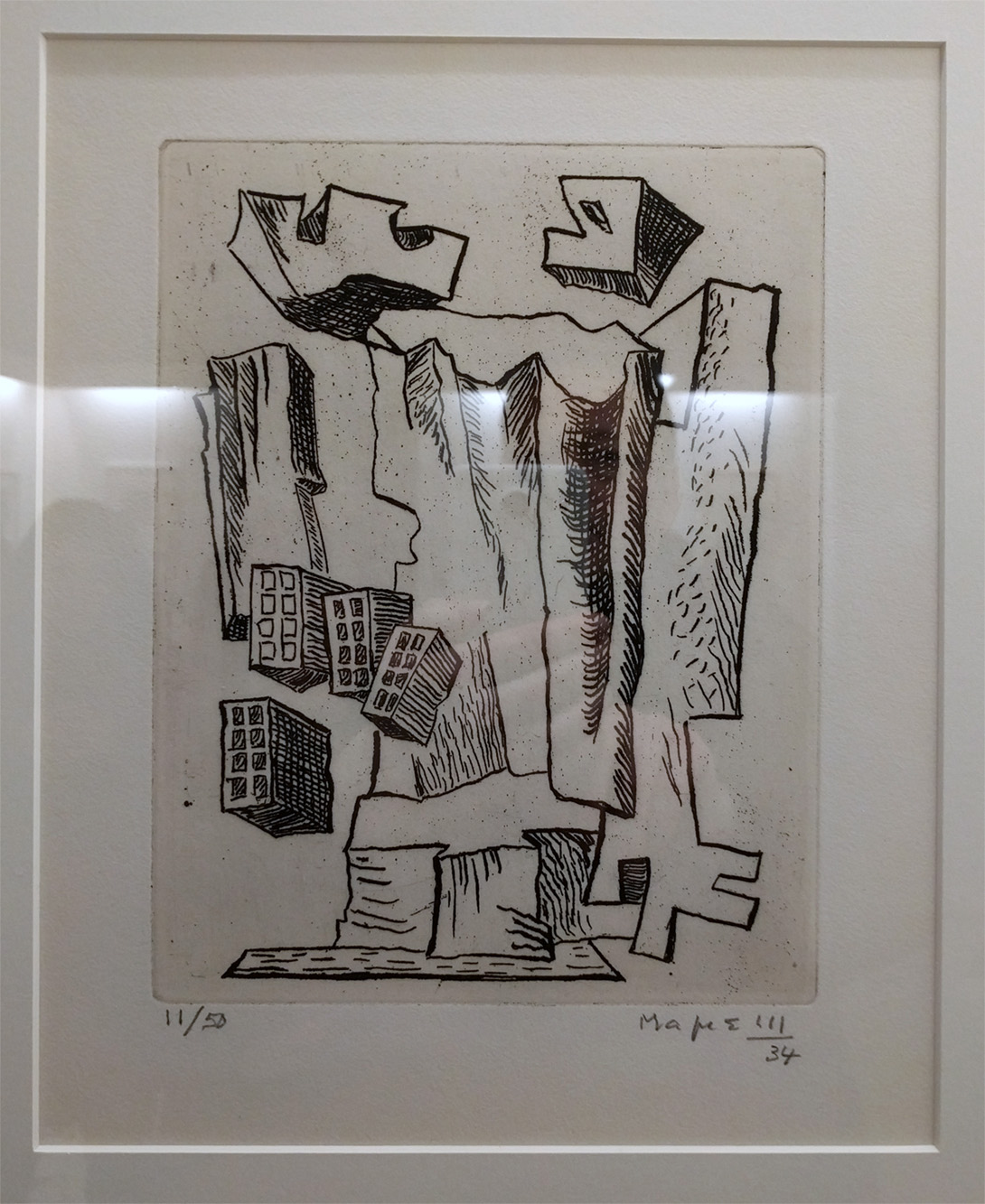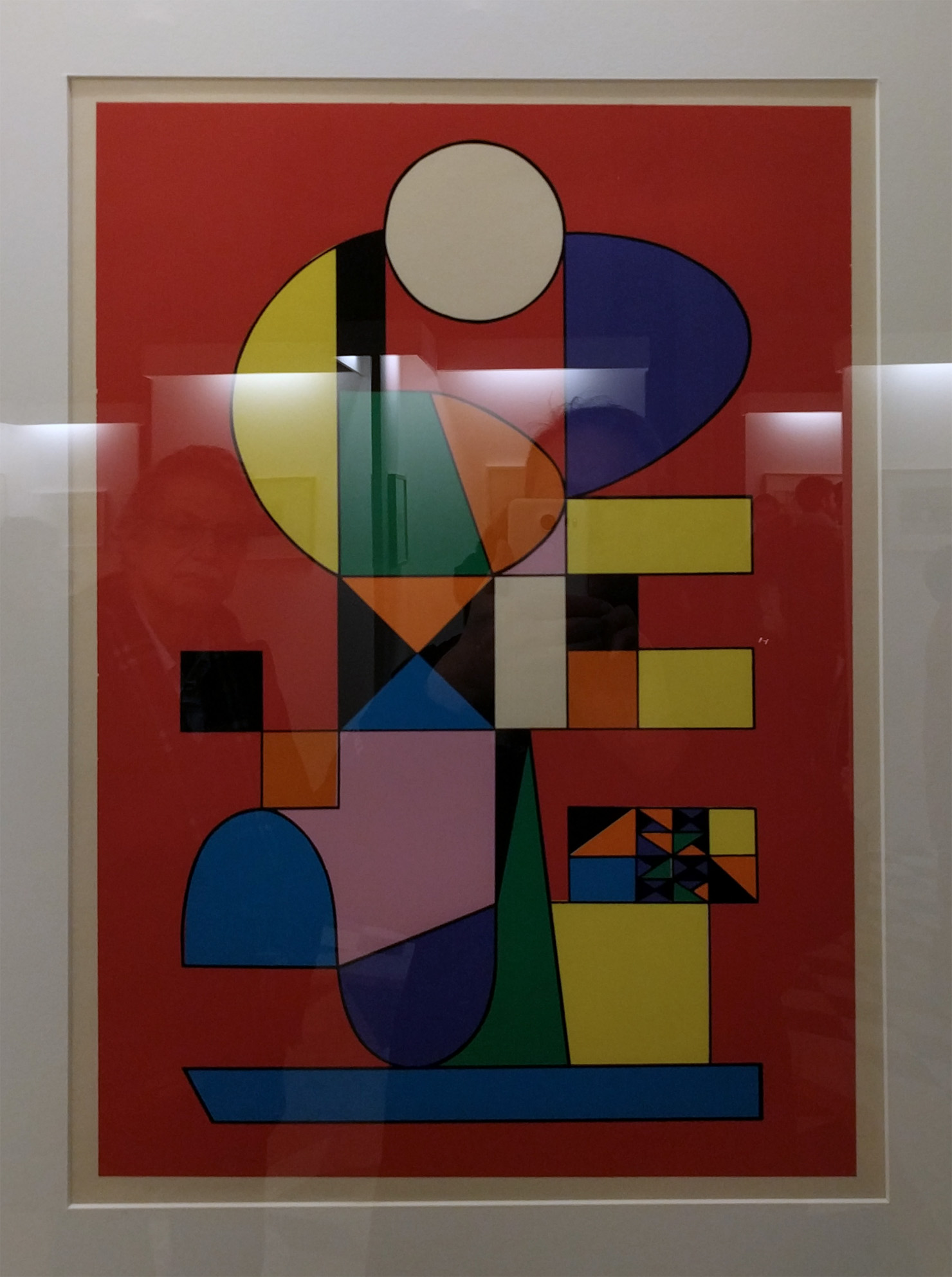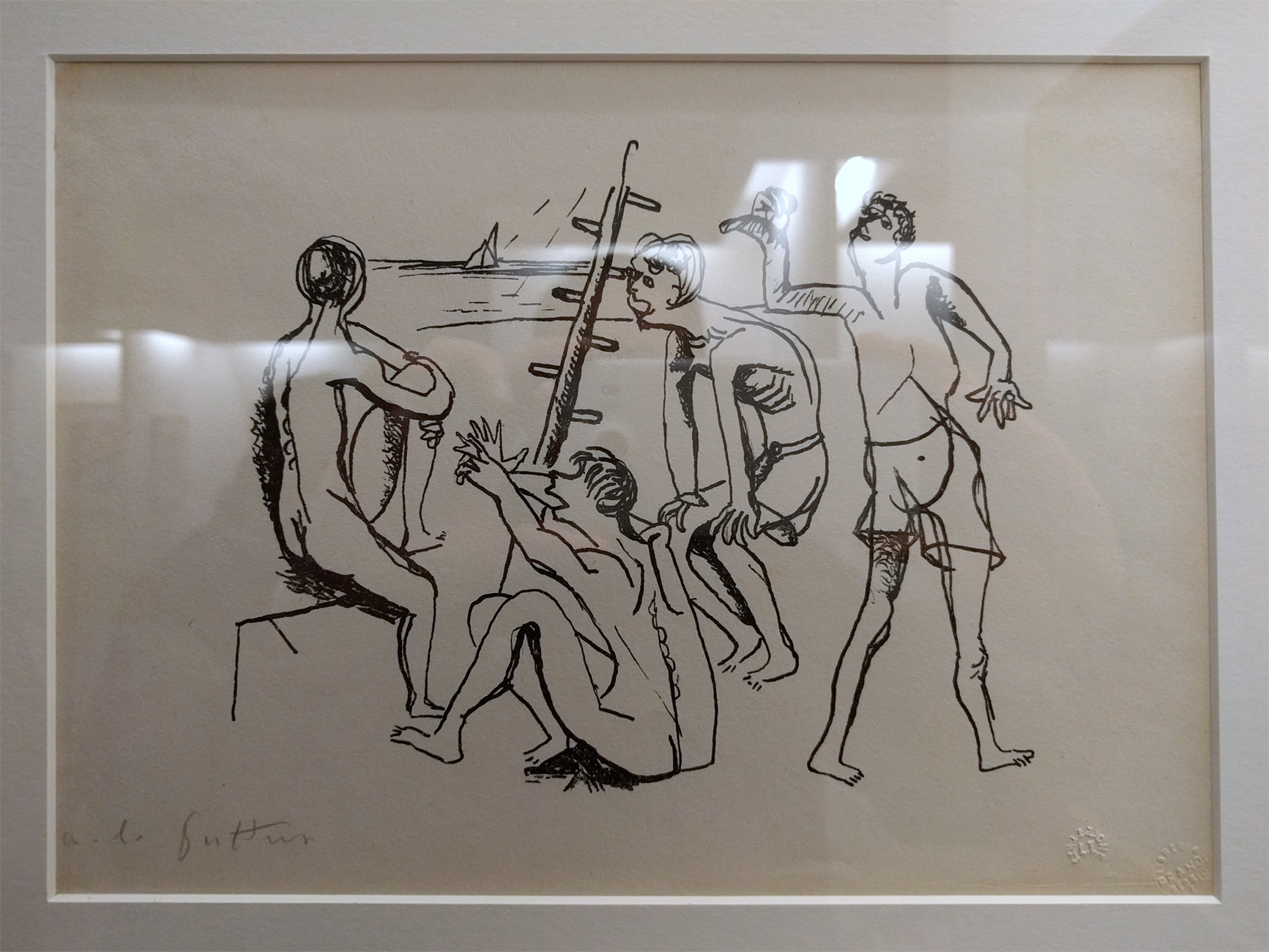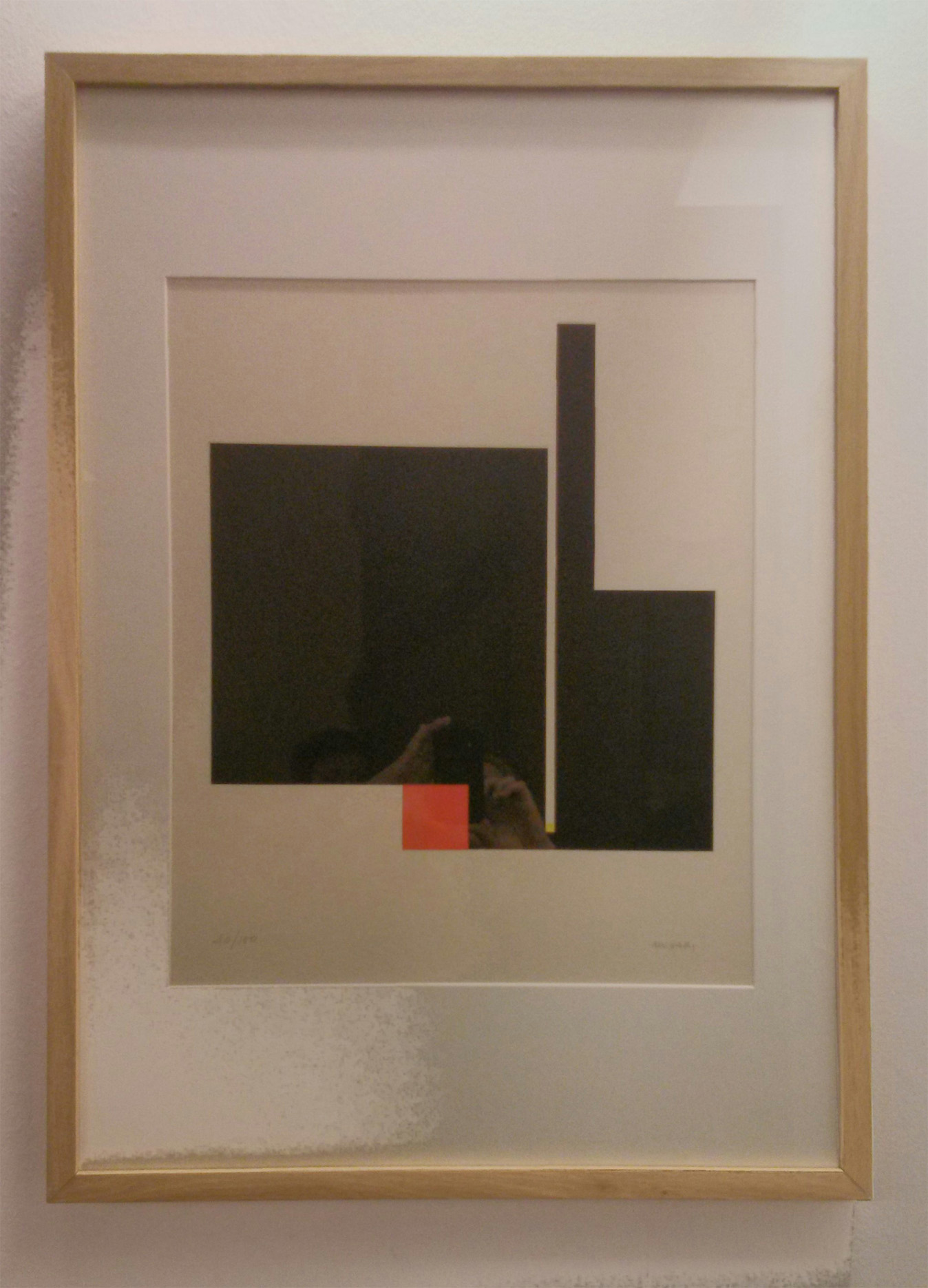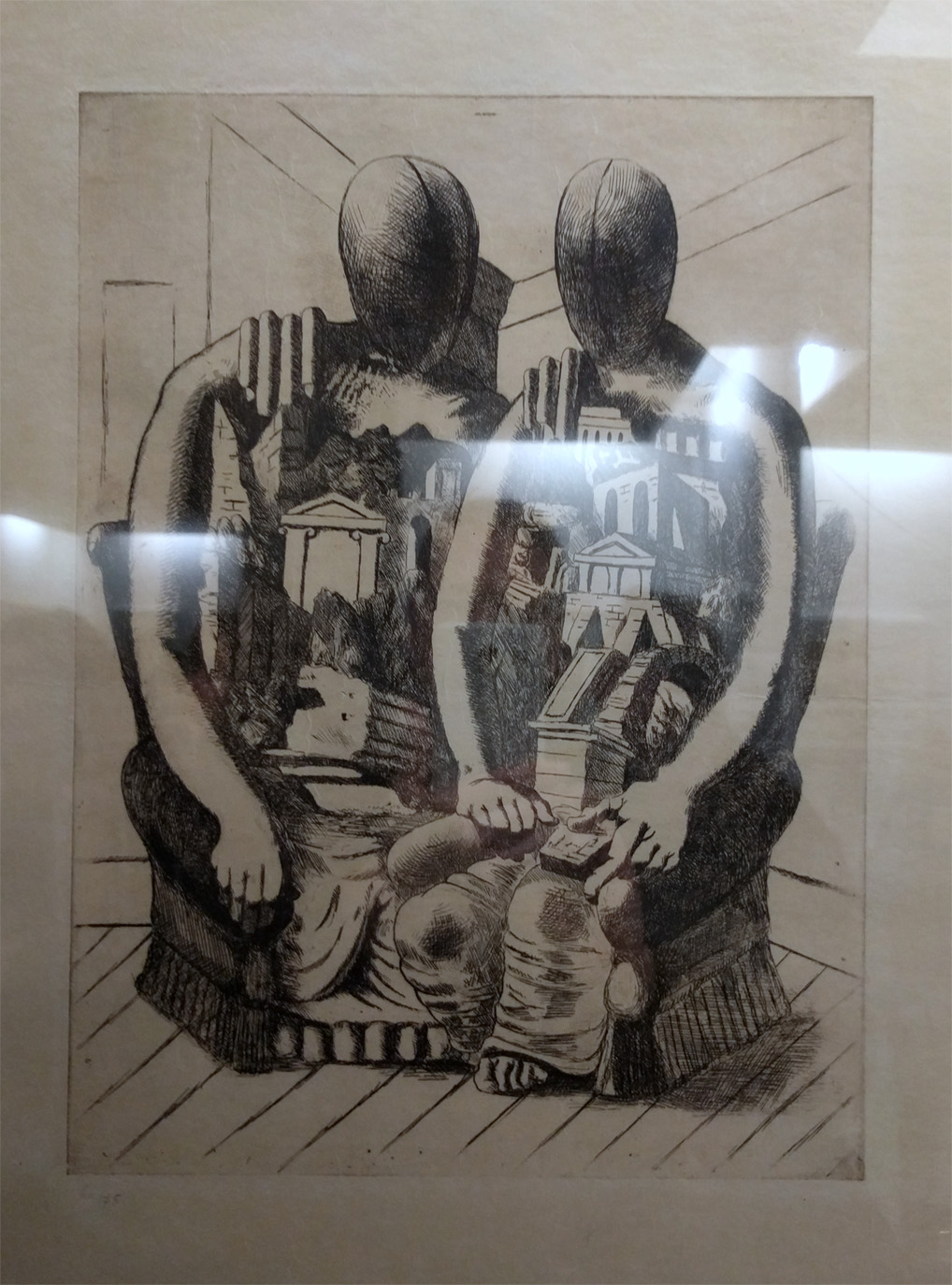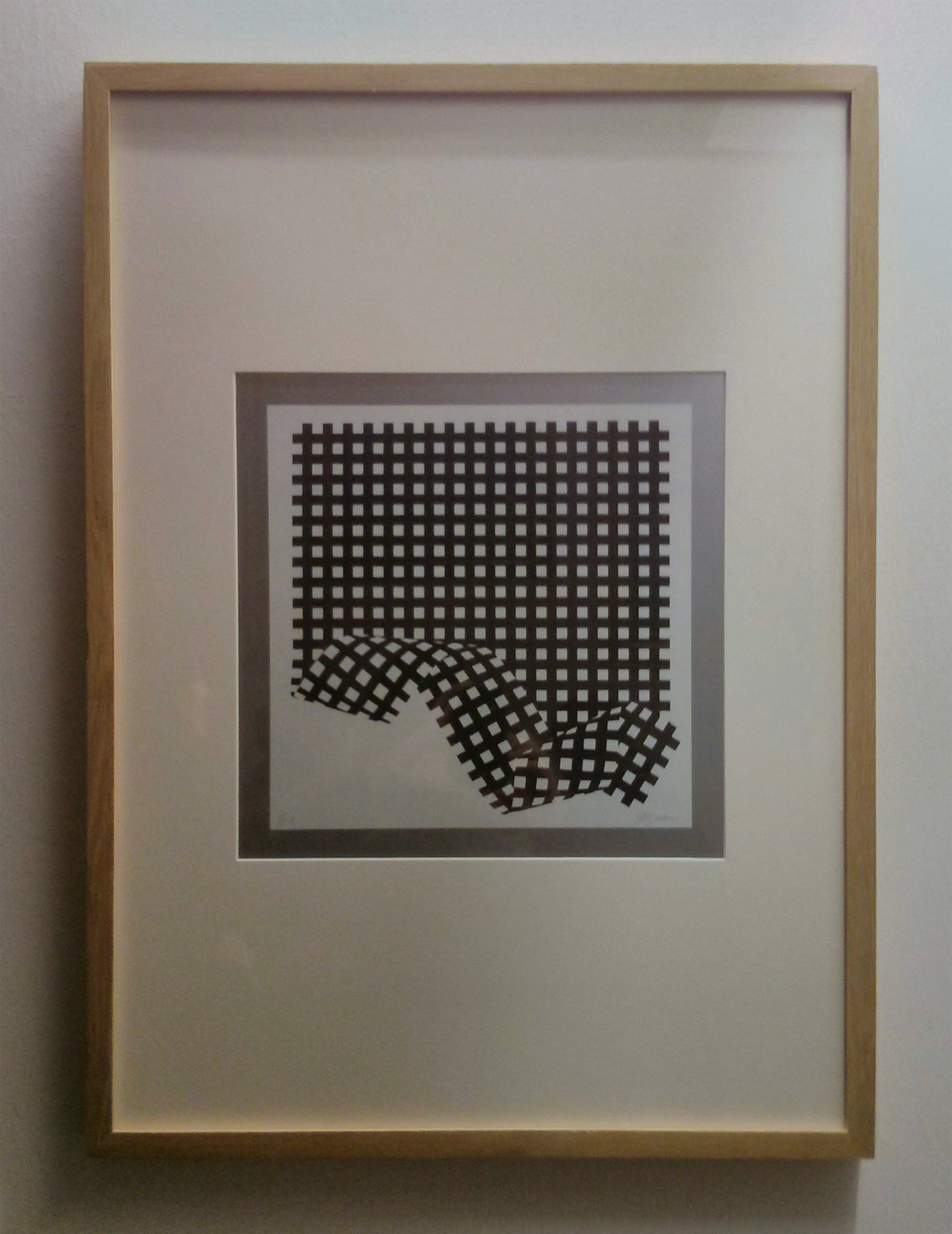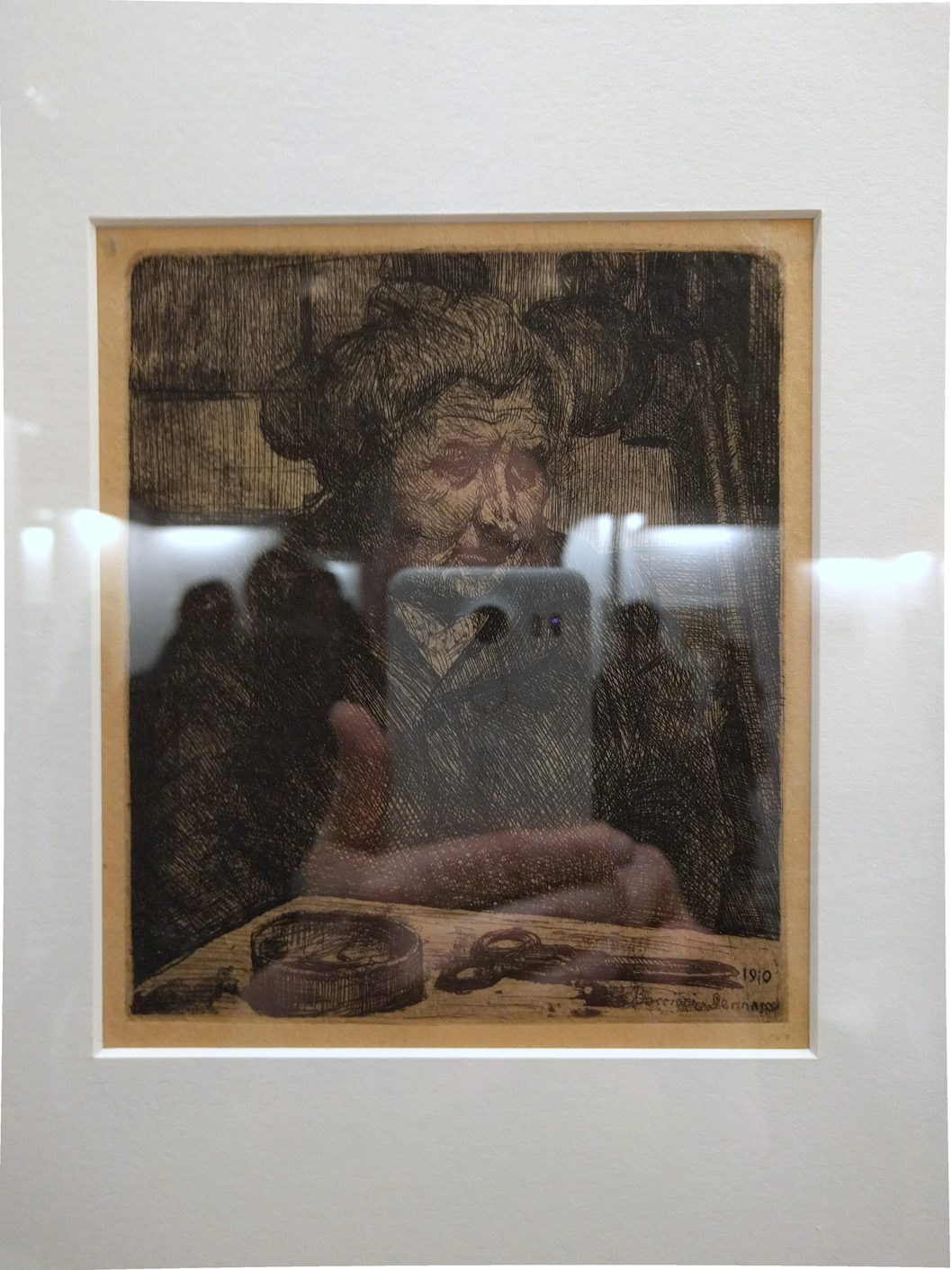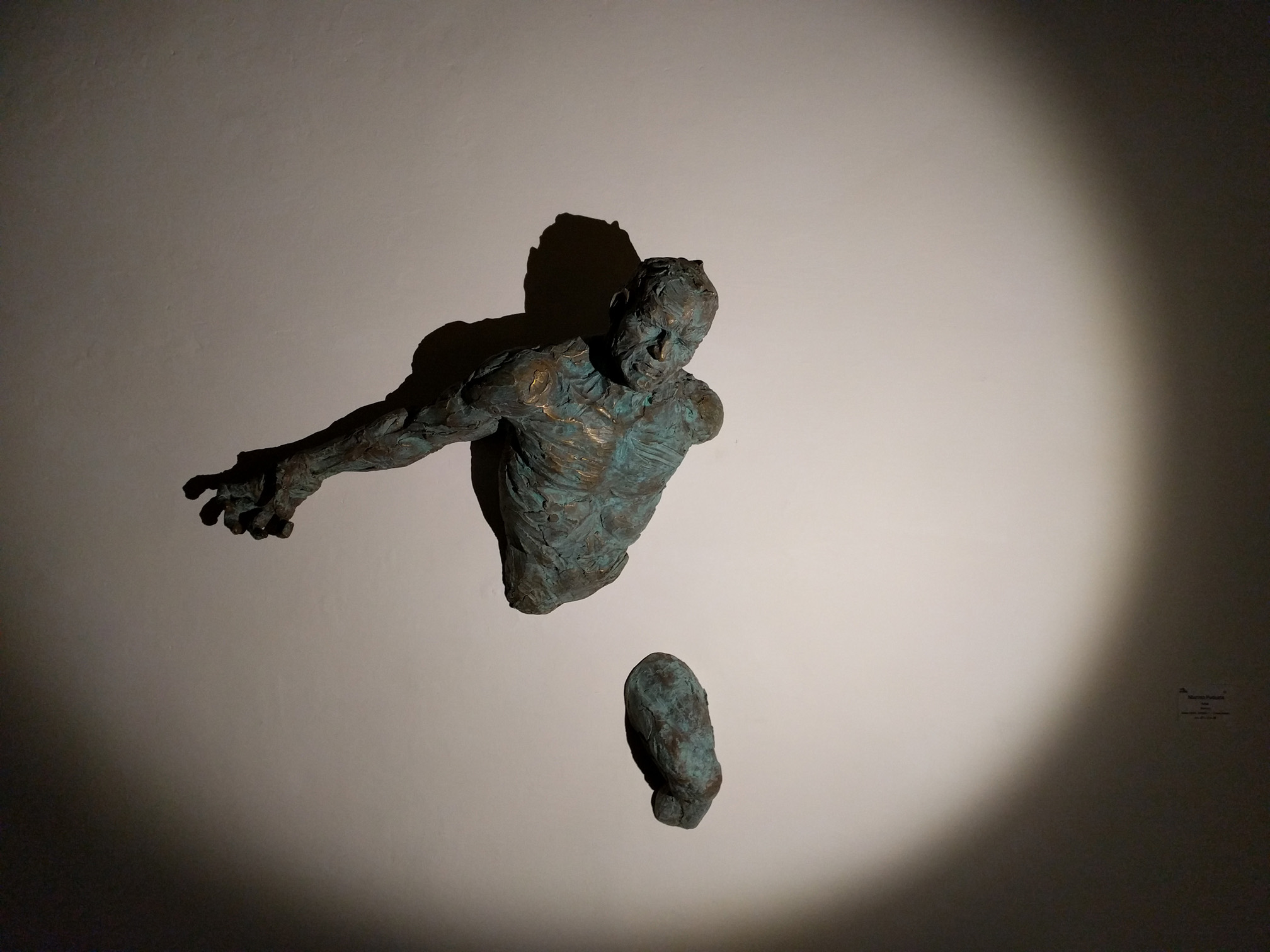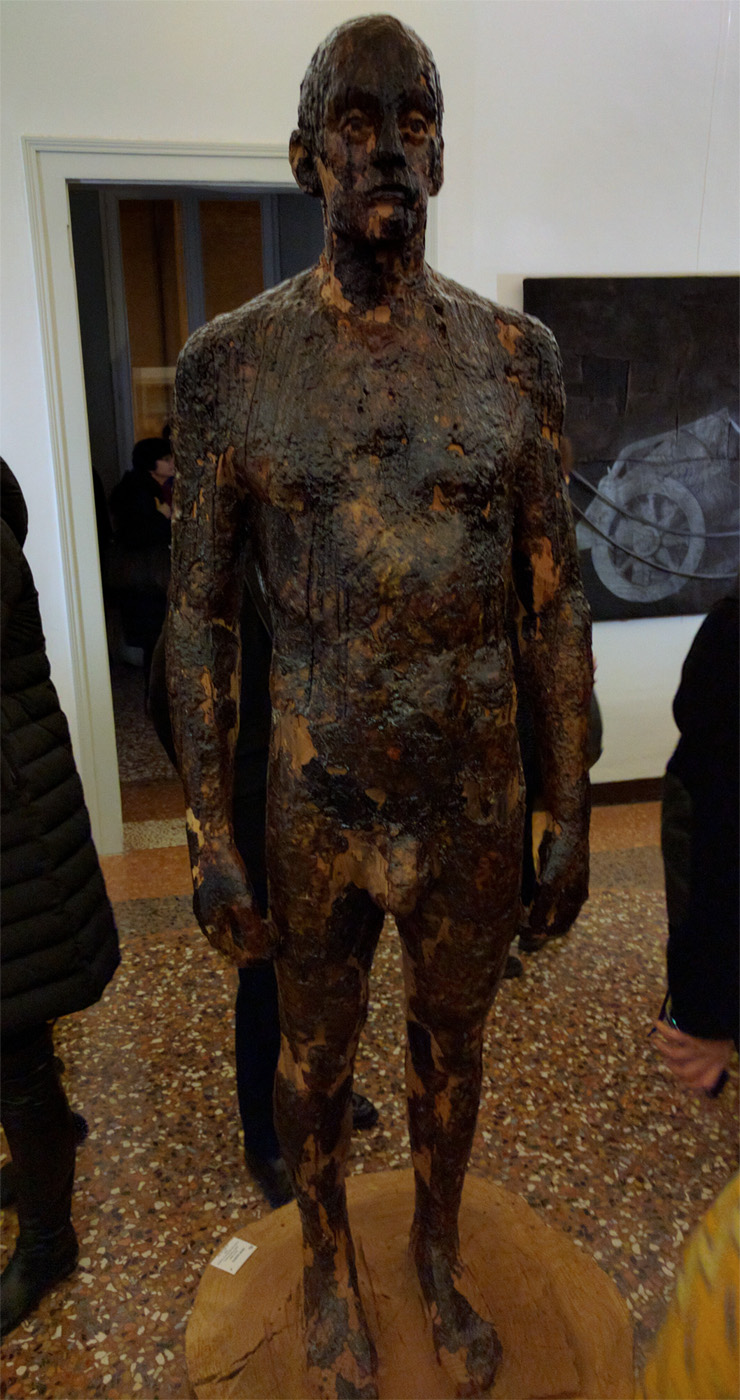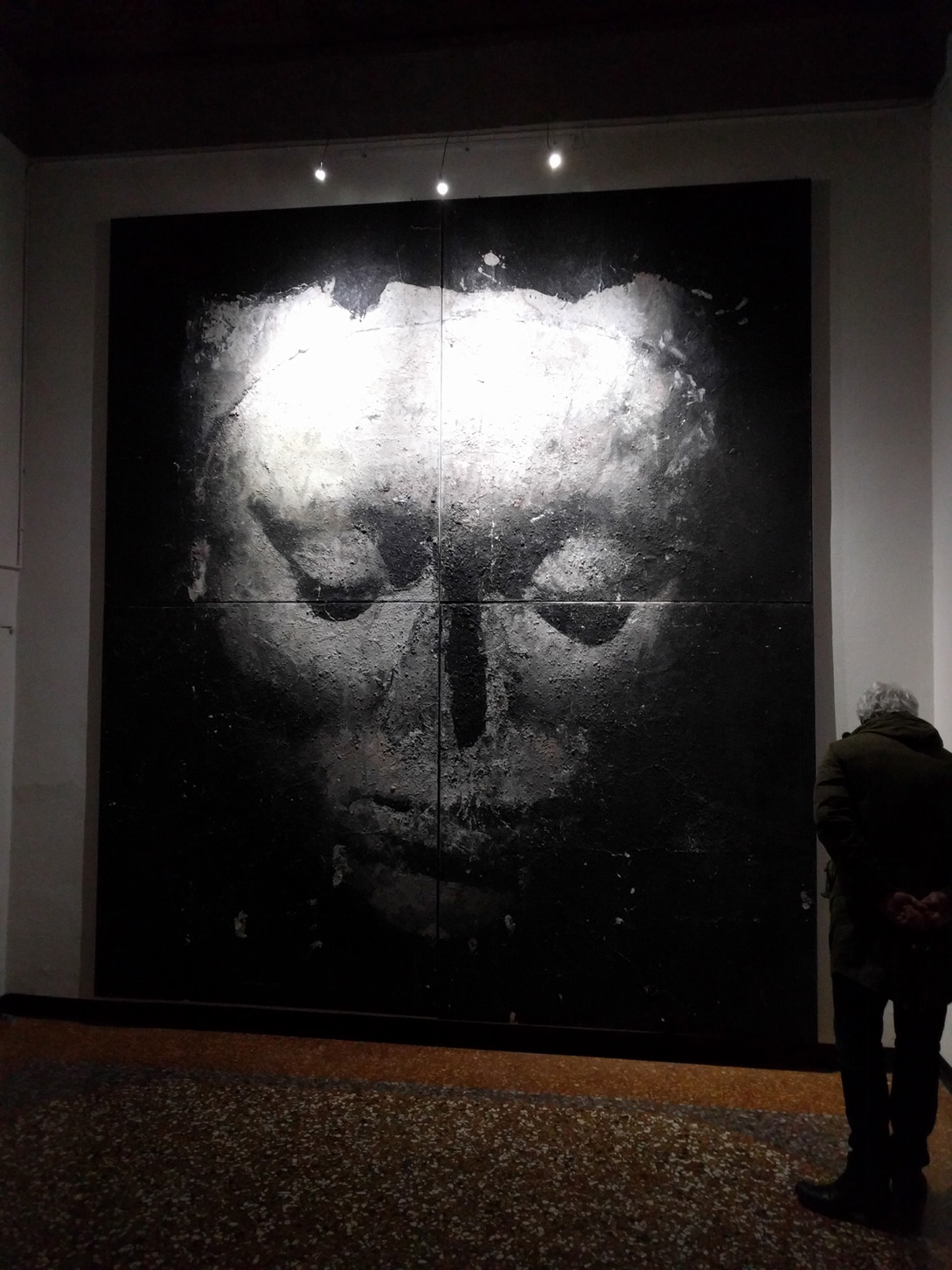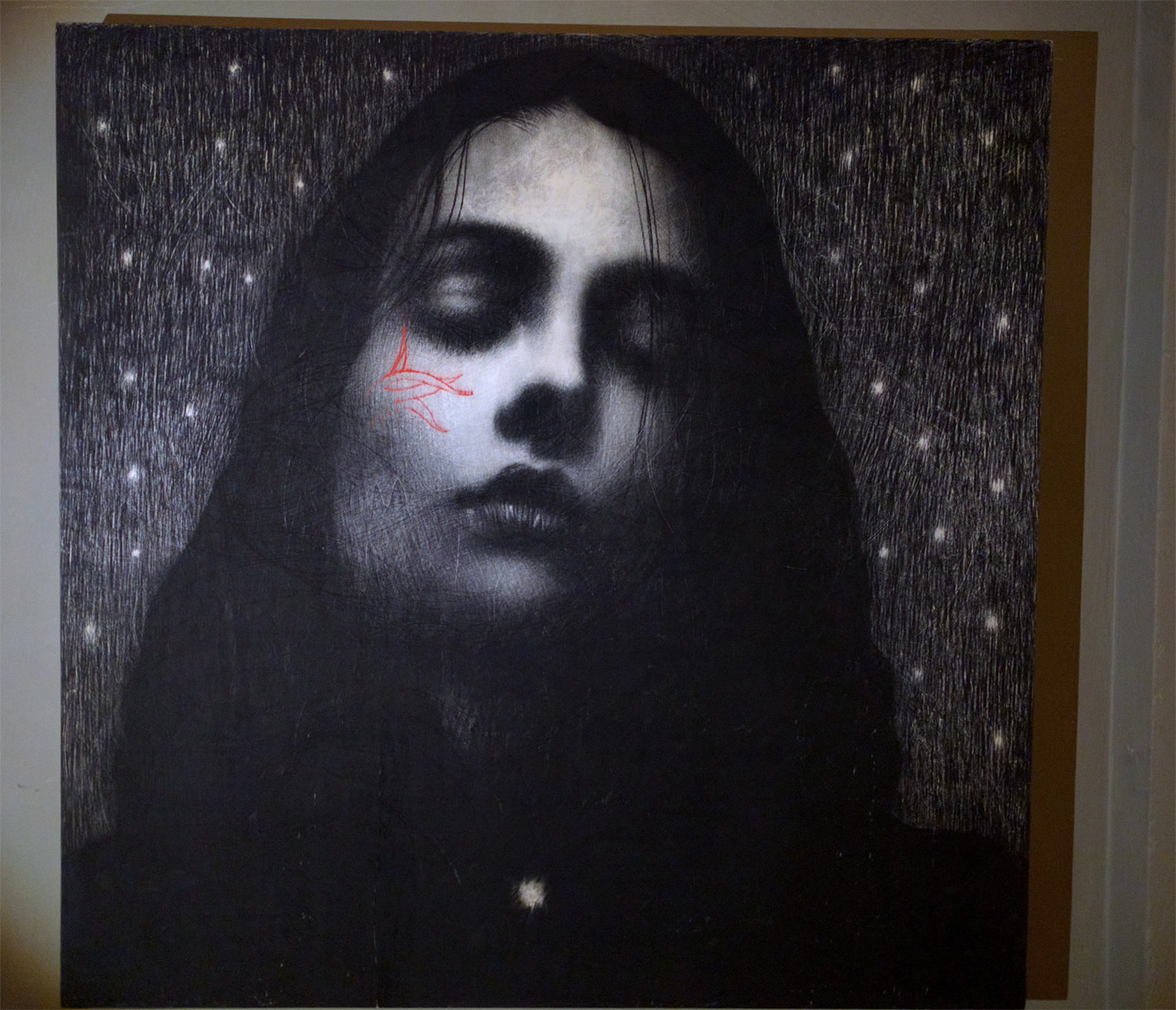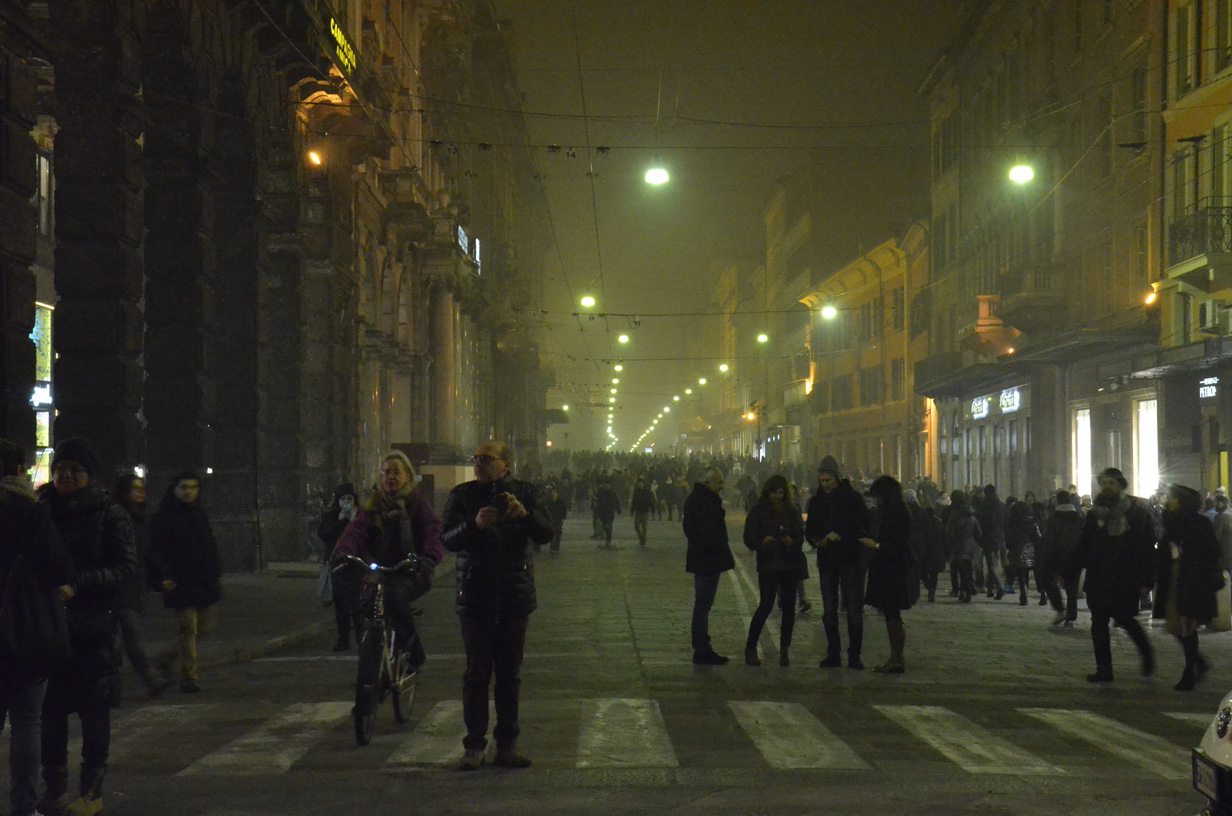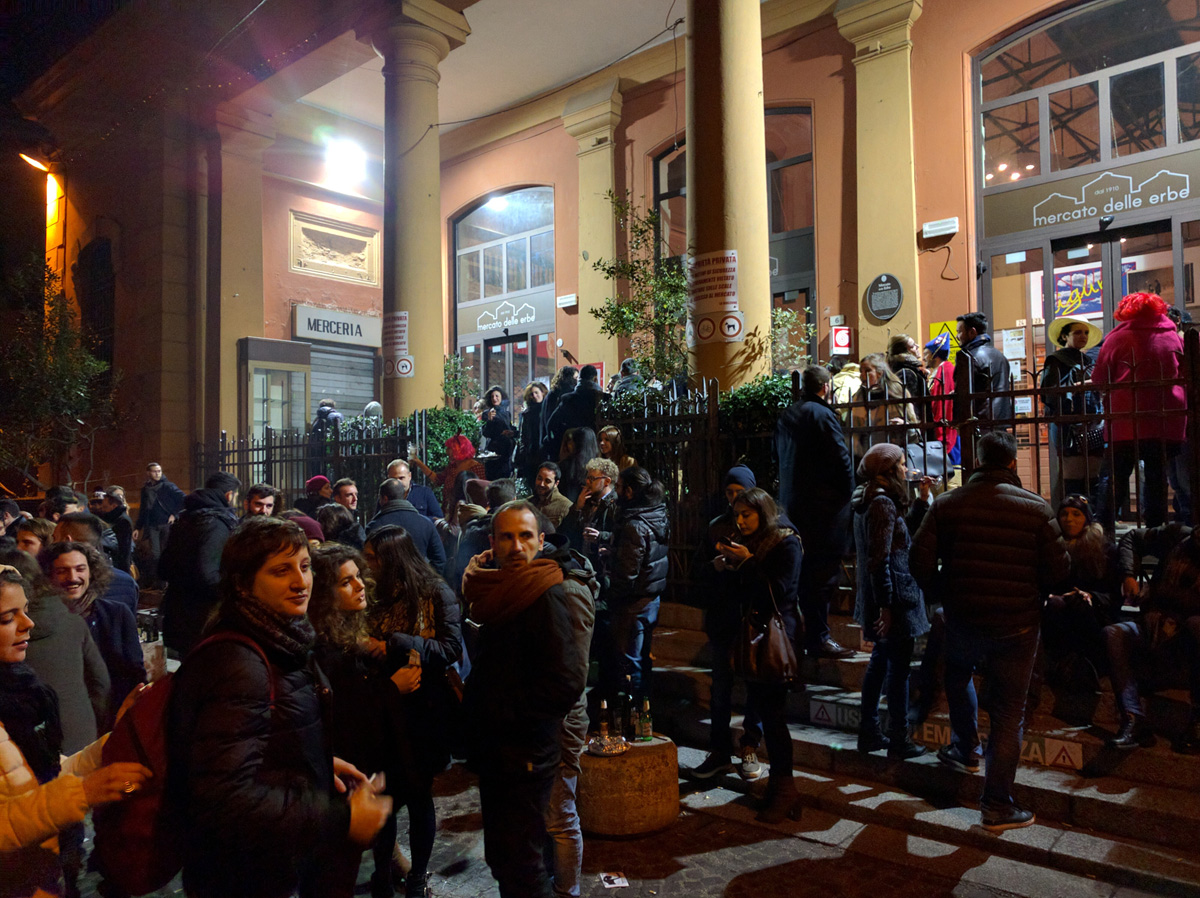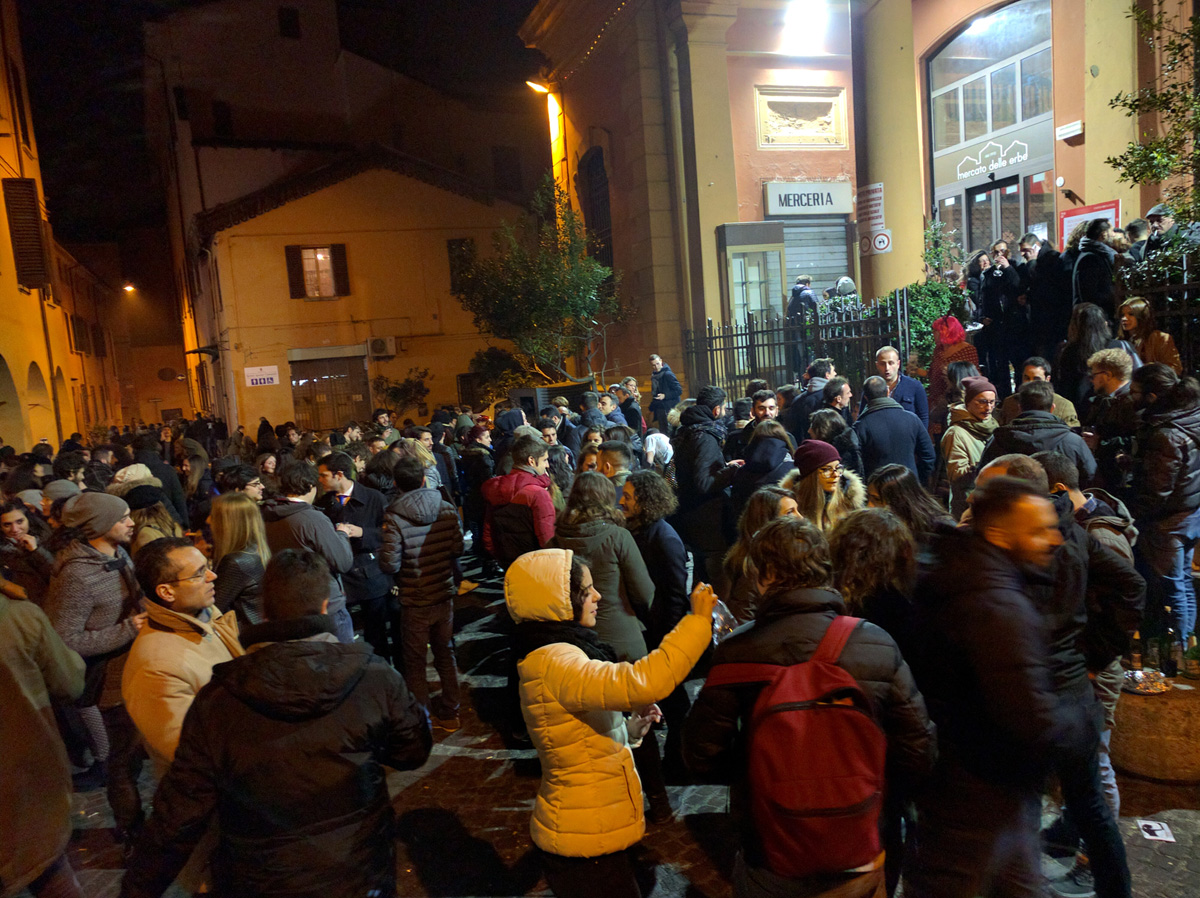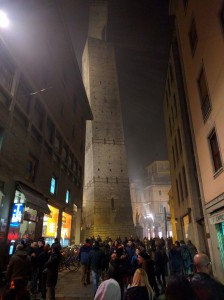 The ART CITY in Bologna is traditionally during the weekend of the Arte Fiera. This year, the multi-event took place from Friday the 29th to Sunday 31st January 2016. These days, dedicated to art and culture in the city are promoted by the Comune di Bologna (Municipality of Bologna) and the BolognaFiere (Fair of Bologna), in coordination with the City of Bologna Department of Culture and commercial cultural operators.
The ART CITY in Bologna is traditionally during the weekend of the Arte Fiera. This year, the multi-event took place from Friday the 29th to Sunday 31st January 2016. These days, dedicated to art and culture in the city are promoted by the Comune di Bologna (Municipality of Bologna) and the BolognaFiere (Fair of Bologna), in coordination with the City of Bologna Department of Culture and commercial cultural operators.
The highlight of the ART CITY is the Saturday’s White Night (30th January 2016), a cultural marathon: museums, historical palaces, art galleries, cultural institutions and independent exhibition spaces in and around the historical city centre are opened to everyone until midnight, mostly free of charge. After the closing of the venues there are many parties in town to celebrate the night until dawn.
There were 70 appointments in 46 places announced by ART CITY, but there were several more such as the shows in town by the SetUp Art Fair and private initiatives. So it is impossible to visit them all. Nevertheless, we’ve done our best to see a maximum of events to give you our personal impressions of the Bologna White Night 2016. A lot of the exhibitions are still open, so take the opportunity to visit some if you are near. We started our circuit in the Manifattura Delle Arti (Manufactory of Arts), a quarter in the north east of the historical city centre with a strong cultural promotion. Besides the MAMbo (Bologna Museum of Modern Art), the Cineteca (inter alia film restoration centre, specialised library, archive, cinema) and other institutions, there are several contemporary art galleries.
The Manifattura Delle Arti – Openings and more
Based in this quarter, is the Gallleriapiù, who inaugurated on the occasion of the White Night its exhibition “Several Laws. The Elastic Test” by the Romanian collective Apparatus 22. It questions the human body as a battlefield of interferences by social norms and values, scientific concepts and enterprise dreams to accelerate consumption. Inter alia, there are seven frames, coated with coloured animal-skin; statements concerning the subject are tattooed on the skins. Depending on the colour some of the pieces might recall gravestones; others, especially the ones in pastel shades, seem to be as soft as velvet by their aesthetic and invite to be touched.
The big opening of the evening was in the gallery P420: it was the launch of the new exhibition space and the double show “Naive Set Theory”. Works from the Italian artist Paolo Icaro were confronted with the oeuvres of three younger international artists: Bettina Buck (Germany), Marie Lund (Danmark) and David Schutter (USA). Even though the new gallery rooms are huge, it was difficult to appreciate the artworks, because of the number of visitors. So it might be better to go back another time.
In contrast there are two smaller galleries just over the street: LocaleDue had with “Minipimer” a 72 hours non-stop event, while showing performers, visual artists, musicians and videos. CAR drde with “Elia Cantori: Action at a Distance” shows besides others the “Double Hemisphere Room”: two hemispheres are set opposite each other. The distance is only about one meter, so that the observer has to enter in between to see the paintings inside. In doing so, he/she will be a disturbing object and still it is impossible to overlook both images at the same time.
Our last stop in the Manifattura Delle Arti was the Raccolta Lercaro, the art gallery of the Fondazione Lecaro. “Affinità elette” (elected affinity) is composed of around 100 artworks created around the 1960s from artists that have influenced the Italian designer Nanda Vigo. It is an encounter with important European artists like Bernard Aubertin, Joseph Beuys, Christo, Lucio Fontana, Heinz Mack, Piero Manzoni, Otto Piene, Giò Pomodoro, Günther Uecker and many more. Naturally there are as well works by Nanda Vigo herself, older ones and more recent like “Genesis light” from 2006.
On the way
On the way to the next target, we passed the Piazza San Martino, where we found to our surprise a projection of images on a facade. Difficult to find out who initiated it, but it’s a nice idea. During our promenade we saw a few more projections at different places.
Then we entered the bar Camera a Sud, located in the ancient Jewish Ghetto of Bologna, where Francesco Flamini and Marco de Barba installed their pictures with the title “Yokai/Apparizioni Misteriose”. For this project the two Bolognese artists cooperated in mixing their disciplines. Francesco Flamini, a nature photographer (landscapes, animals, plants) provided the “canvas” for the painter Marco de Barba.
The University quarter – From the 16th century into the 21st
From here it is only a few steps to the University quarter, with one of its artery streets, via Zamboni. There we stopped at the Palazzo Magnani built in the late 16th century and decorated by frescos for example by the Carraccis. Normally it is only to visit by appointment. The Palazzo hosts Collezione d’Arte Unicredit Banca (Art Collection of the Unicredit Bank). The collection contains oeuvres from the 16th to the 20th century from well-known artists like Dosso Dossi, Il Guercino, Giovanni Antonio Pellegrini, Giorgio Morandi, Victor Vasarely and Hans Hartung. Unfortunately it is prohibited to take photos.
After this excursion into the history of arts, we went back into the very contemporary art, into the Accademia delle Belle Arti (Academy of Fine Arts). During the White Night it opened its workshops where the current students themselves installed some of their works. In addition there were several performances, but since the Accademia was one of the centres of attraction, it was difficult to get a place. Even the huge classrooms and especially the corridors were overcrowded. Nonetheless, here some impressions:
Via Castiglione – Art of the 20th and 21st century
Leaving the student centre, we directed to the quarter of Santo Stefano. In the Via Castiglione were waiting some more exhibitions. First we entered the Galleria de’Foscherari where the Italian artist Luca Vitone built a bridge between present and past with “Berlin 192010”. He “invited” George Grosz to illustrate the German city of Berlin during the time of the Weimar Republic and added his own impressions of the town after the Fall of the Wall. During both periods Berlin was a laboratory for politics and arts. Luca Vitone shows the world of George Grosz by paintings and drawings. His own works are an installation of everyday objects, maps, window frames, bicycles, supplemented by collages and a video.
Since we were in the last hour of the White Night we headed to the Palazzo Pepoli Campogrande, which is close by. On view was a part of the collection Luciana Tabarroni. This Bolognese collector accumulated 1948 European engravings from the 20th century. The exhibition “Percorsi di Segni” showed 104 of them, all by Italian artists. So once again we went back in art history with graphics by Umberto Boccioni, Giorgio de Chirico, Licio Fontana, Renato Guttoso, Alberto Magnelli, Giorgio Morandi and many others.
For the last minutes we went to the other exhibition in the Palazzo Pepoli: “revenge”, and with that back into the contemporary art. Born by collaboration between Campogrande Concept and the Galleria Artribù there were five emerging Italian figurative artists presented: Aron Demetz, Omar Galliani, Luca Pignatelli, Matteo Pugliese and Nicola Samori.
This was the end of a long promenade of arts. Now we must only decide to which of the numerous parties we wanted to go, or simply to go back home to digest all what we have seen.
Article by: Astrid Gallinat
Photos by: Véronique Champollion, Astrid Gallinat, Stephan Goseberg
Gallleriapiù (also known as Oltredimore)
Via del Porto 48 a/b, Bologna
www.gallleriapiu.com
28 January – 26 March 2016
Apparatus 22: Several Laws. The Elastic Test
P420
Via Azzo Gardino 9, Bologna
www.p420.it
30 January – 26 March 2016
Bettina Buck, Paolo Icaro, Marie Lund, David Schutter: Naive Set Theory
LocaleDue
Via Azzo Gardino 12c, Bologna
www.farnespazio.it/localedue
Minipimer: a 72 hours non-stop event
CAR drde
Via Azzo Gardino 14/a, Bologna
www.cardrde.com
30 January – 26 March 2016
Elia Cantori: Action at a Distance
Raccolta Lercaro – Galleria d’arte
Via Riva di Reno 57, Bologna
www.fondazionelercaro.it
30 January – 8 Mai 2016
Affinità elette
Camera a Sud
Via Valdonica 5, Bologna
www.cameraasud.net
Dal 23 Dicembre al 23 Febbraio
Francesco Flamini & Marco de Barba: Yokai/Apparizioni Misteriose
Curated by Museo Teo Milano
http://museoteo.blogspot.it
Collezione d’Arte Unicredit Banca
Palazzo Magnani
Via Zamboni 20, Bologna
Accademia Di Belle Arti
Via delle Belle Arti 54, Bologna
www.ababo.it
Galleria de’Foscherari
Via Castiglione 2, Bologna
www.defoscherari.com
31 October 2015 – 10 February 2016
George Grosz – Luca Vitone: Berlin 192010
Palazzo Pepoli Campogrande
Via Castiglione 7, Bologna
www.pinacotecabologna.beniculturali.it
28 January – 25 April 2016
Percorsi di Segni: Grafica Italiana del Novecento nella Collezione Luciana Tabarroni della Pinacoteca Nazionale di Bologna
www.campograndeconcept.it & www.artribu.it
29 January – 16 February 2016
Aron Demetz, Omar Galliani, Luca Pignatelli, Matteo Pugliese, Nicola Samori: revenge

